I have a new filter on the 25mm. Not sure if it will change anything, but it feels good to try something.
Acceptable sharpness wide open.
I have a new filter on the 25mm. Not sure if it will change anything, but it feels good to try something.


Acceptable sharpness wide open.
What do Eagles, Bikes, Long board Surfing, 500 year old temples in rain forrest gardens and funky beach side boutiques have in common?
Kamakura Japan.
Seriously, they have signs out warning you to watch the eagles around small dogs!

OMD 45mm lens
One of the highlights for us each year is the small (but growing) Entally House Garden Festival. Squeezed between several other garden shows and the Deloraine Craft Fair, this one is small and has an "old school fair" feeling. The grounds are lovely and the stall holdings strike a fine balance between comprehensive and quaint.
We felt this year that it is on the verge of out growing itself, but we will see.
I also took the opportunity to try out an old friend. My first 45mm (silver) has come back to me after a few years on loan. I have a feeling that this one and the black one I own have slightly different character, especially in their bokeh, but only use will tell.

Detail of an old steam tractor. One of several in the grounds.

The potting shed door.

Limiting yourself to only one focal length, and a non standard one at that can be liberating (yes liberating, not frustrating or annoying! Well maybe a little). If anything, I missed a longer lens!
One of my favourite subjects to photograph is people in the act of simply living.
Oblivious, gentle, intimate.
The only thing I look for more is more than one person in the image. In fact, the more the better.

An intimate moment of quiet amidst the flow.
I love it when several stories collide in a way only the viewer gets to experience.

Reservoir Dogs crossed with the Usual Suspects?

Moments in time

I like the eye to wander around the image, seeing layers, contradictions.

Questions are asked.

Coincidence and chance are your friends, but not to the point of gimmickry.
The most satisfying images to me are multi faceted and complicated. Grabbing the "decisive moment" more than once, connected or not.
Filters. Can't live with them, can't live (with piece of mind) without them. I have always been a little sus concerning filters. The makers of lenses work hard to perfect their optical formula, then we whack a lump of glass in front and don't expect any degradation of quality.
On he other hand, plenty of tests have proven that they do little if any harm, even if they are cheap, even if they are stack a dozen at a time on the front of the lens*
The 25mm lens that I have been coming to terms with has always left me a little under whelmed. It has solid numbers, a great reputation and has produced for me some excellent images, but there is something un settling.
The link?
After a couple of images with strong sun in them coming out a bit halo-smeared, I thought to check the filter on the lens. Sure enough it was a bit dirty. I have cleaned it, but have not put it back on.
This troubles me as I have had a couple of issues with marks on the front of Olympus lenses from spots that would not move, cleaned firmly turning into shiny speck blemishes that look permanent.
Olympus used to be known for their soft lens coatings, but this was a bit of a surprise. All of my lenses promptly got the filter treatment, so taking one off is a bit unnerving.

The original shot with the 25mm at f2 with the filter on, darkened to control the highlight values.

"Glowacious" Bokeh or not? This file has had it's highlights recovered and there was some strong purple and green CA removed.
Unfortunately I did not think to do a test before cleaning the filter, so I tried to "stress" the lens, naked of protective glass this morning.

Again at F2.

Even with the sun in the shot, there is little flare and the leaf edge (top) is very sharp.
The issue, if there is one, looks to be from strong sun deflecting off surfaces and edges. Possibly ideal conditions for a polariser? The image below was taken with the suspect filter on, showing little compromise in quality if off angel to the sun.

OMD 25mm f4

This has had no added sharpening outside of Lightroom's basic setting (25). Focus is a little to the back in the contrasty silhouette, but the OMD's tend to do that.

Stupidly close, 550x480 pixels. No issue? Not sure.
The big question to me is focussing distance. I have had lenses that excel at one end of the focus range and fail at the other, but not in Olympus. The 25mm has performed well at close distances as a rule, but maybe the issue is with infinity focus? More testing required.
This Dogwood has been in our garden for three years. It flowered for the first time this year, twice. Not really twice as such, but two flowers only.
One is enough.

Pen F 25mm f5.6
It took a few tries to get the front of the stamen in focus, even at f5.6
The saga of categorising the humble 50mm has gone from simple justification of a lens I own over re purchasing a lens I did once own, to a detail study of the role of the humble 50mm.
On my walk home yesterday I found myself composing a fairly dismissive and negative essay on the uselessness of the 50mm. Not wide, nor long it was, to my way of thinking, a pretty pointless bit of glass.
Then the thought struck me;
If the 50mm fails to deliver an easy answer, if it is impossible to simply find or assign it a clear role, then is it possible that it is both the hardest lens to use well and the only lens that makes you work harder for good results. You have to literally define it's role as you use it on a case by case basis.
This takes us back to the 50mm as the perfect lens to learn on, as it forces the user to work hard, maybe too hard?

This is a good example of the "confused" role of the 50mm. The shot says landscape, without any of the sweeping vastness assumed (although there is a touch of uncorrected keystone distortion often found in wide angle images). It also tightens the composition like a telephoto, but with no hint of compression or drawing in. The M43 aspect ratio is also a consideration here, making the image squarer than in other formats. Possibly the format is highlighting the issue for me?
The longer or wider a lens is, the more obvious and defined it's job is. The list of can't do's quickly grows longer than the list of can do's as the perspective and magnification becomes more exaggerated. This makes the choices of application relatively easy, even prescribed.
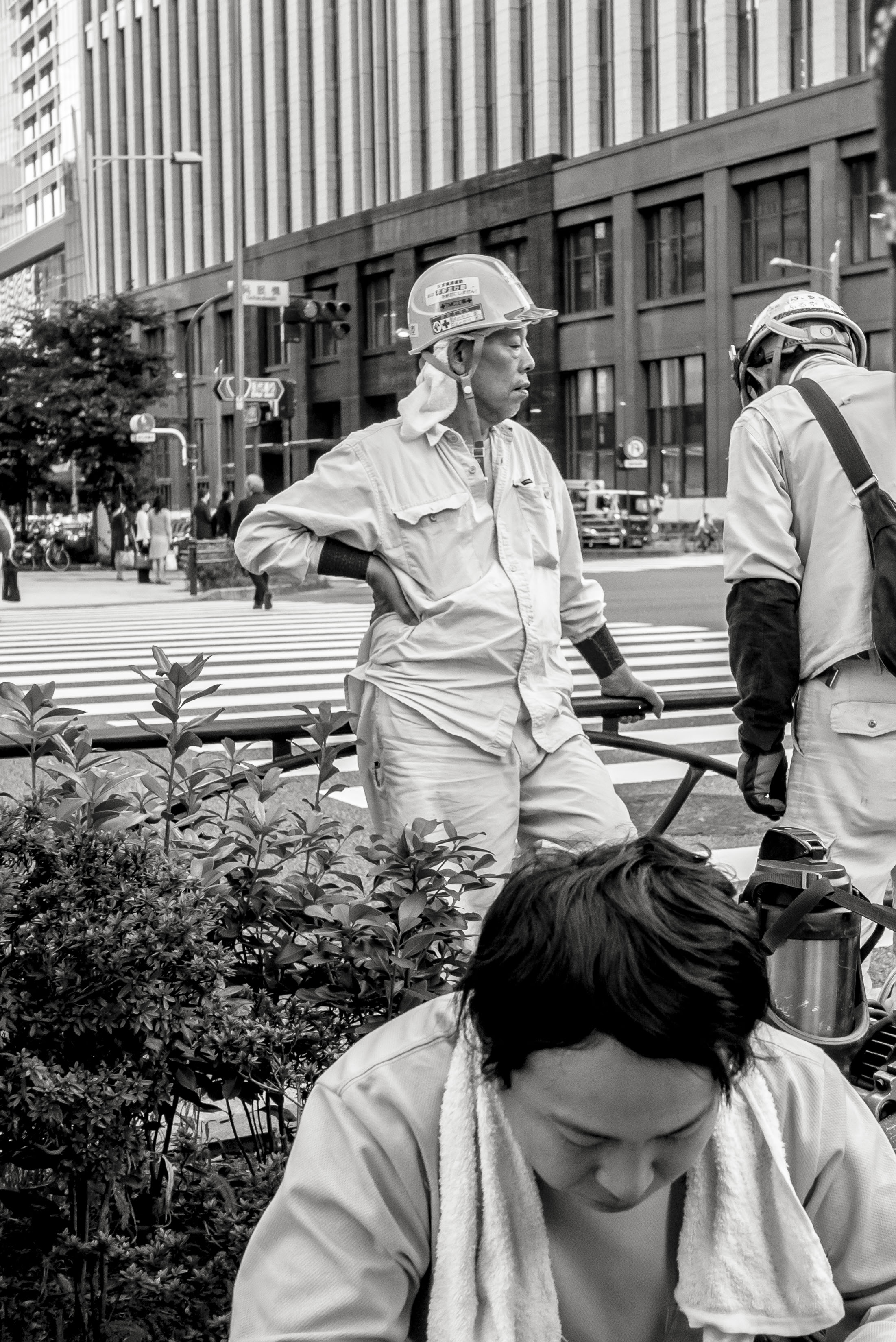
The 17mm allows easy composition, in tight. I don't favour anything wider as exaggerated perspective creeps in too easily and often the shot needs some cropping anyway. The other characteristics of this particular lens also help in this role.

Apart from the obvious benefit of extra reach, the flatted perspective from the 75mm helps to isolate the subject. Would you want a whole album of images like this outside of a fashion catalogue?
Is their ease of use just an easy way out? Does the 50mm offer a genuine challenge, forcing the user to actually apply greater control to make up for a lack of an obvious look?
Looking at it another way, I often find anything wider than a 35mm or longer than 90mm, tends to become a little predictable. I tire of the same looks coming from super wide or long lenses. They do their assigned tasks well, but often manage little else. Maybe I have looked at too many images over the years, but when I can reverse engineer an image far too easily, I often get disillusioned by the process.
My own 75mm (150mm equiv.) is a bit like that some times. The strong flattening of it's perspective is a powerful look, but it can easily be over used.
I find myself excited by the difficulty of the 50mm. The lens is challenging to use well. Rather than discard it as all too hard, I will embrace it and it's difficulties, growing my self as I learn it.

An example of a beautiful quality image thanks to the lens, let down by poor (lazy) composition. My excuse was I was only experimenting. Creamy rich colour, good enough Bokeh, with a delicate balance held between expansive coverage and natural compression.
Rather than be the seldom used "catch all" or middle of nowhere lens, it will be the "I challenge you" lens, forcing out of the (regular little) box thinking.
Too narrow for street grabs? Learn to compose tighter, faster and with an eye for the abstract.
Too short for tight portraits? I will learn to include limited amounts of extra detail, relaxing away from the "head 'n shoulders" only portrait style, without going into true environmental portraiture.

And lets not discount the lens's role as the 17mm's foil, being tighter, richer in colour and super snappy, smooth and delicate in sharpness and contrast.

Not to mention a killer hand held night photography lens (a role the 20mm was good at except for the poor AF).
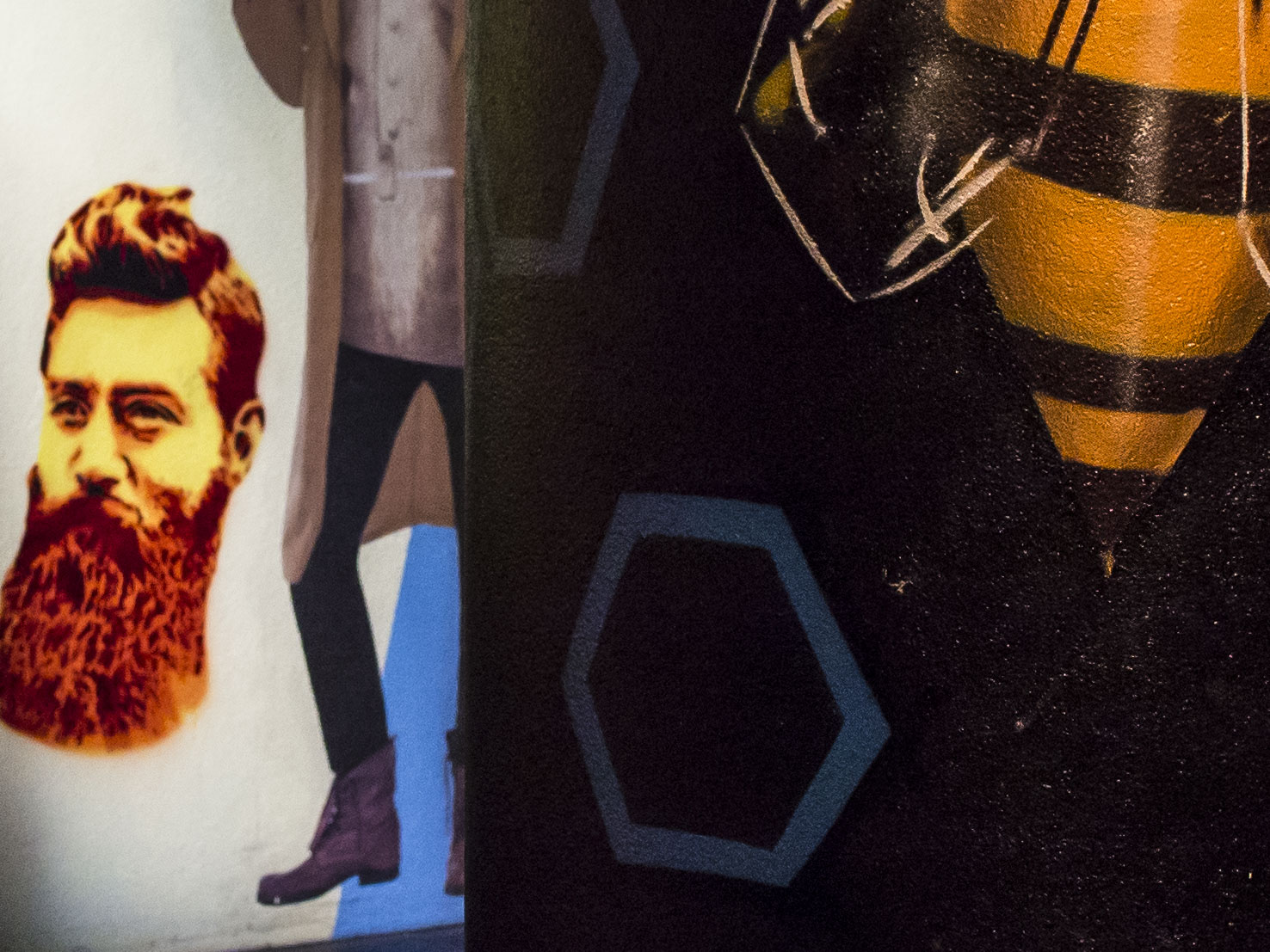
OMD ISO 800 25mm f2. Crop of above, sharp, with nice Bokeh.
What are my best lenses? Technically at least that is easy to work out based on my own observations and the many test bench reviews available.
75mm f1.8 The surgical instrument (and my dearest lens now the zooms are gone).
25mm f1.8 The "perfect" all-rounder
45mm f1.8 The gentle portrait expert (and the cheapest lens)
17mm f1.8 The street specialist
75-300mm The surprise packet
Ok, that was as easy as it was irrelevant.
What are my most used lenses?
17mm The first picked up for anything non portrait
75-300mm The handy, do-anything tele. It is amazing how often it produces brilliant images.
45mm The natural lens for portraiture or anything that needs a natural look.
75mm Not as versatile as the zoom, nor as gentle and easy to use as the 45.
25mm Still coming to terms with the role this one will play.
Almost a perfect inversion. There you go. I could have saved a lot of money if I knew this at the beginning!

Does it matter which lens took the image? As soon as you start looking at an image, the how turns into who, where, why and when.
Still on that 25mm (50mm equiv) lens and it's role as the new 20mm.
I think the real issue for me is that even though the 20mm is considered the "true" standard lens both mathematically and visually, it does commit to a look. The lens is too wide for normal portraits, but wide enough for environmental portraits. That is to say, if you get too close there is some "fish bowl" effect to faces, that stepping back a bit fixes, while including some context.
Often considered a boring lens, I think it is simply the first wide angle lens.
The 50mm lens perspective on the other hand is too tight for environmental portraits that share a feeling of intimacy with the viewer. As a compression style, true portrait lens it is also weak. This is possibly why I have found the lens hard to use. I either want a street scene in all it's chaotic glory or I am closing in tight on one subject. The 50mm perspective does neither well. If pushed, the 17mm and 75mm would be my last two lenses kept.
What is it good for?
I do not believe it is a true all rounder. Telling a budding shooter to just use a 50mm to develop their eye will, I believe, lean them towards portraiture over environmental images. It will however clarify their vision and force a good understanding of depth of field, so good for technical training. The 50mm may also be a good lens to force a decision, being not enough of either. I reckon pretty quickly, the fresh minded learner will start to shift one way or the other. One of the most comfortable lenses I have ever used was a Canon 28 f1.8 on a crop frame camera. The 45mm focal length just felt perfect.
Imagine how different the first images from a new photographer may be if they started out with a 35mm lens only? They may show an aversion to tight cropping of faces due to distortion, will learn to include more width and depth as the lens will reward these, not fight them. The 35mm trained photographer will be the stage manager, where the 50mm photographer stresses the main subject or "hero" of the image. The 50mm may well become their portrait lens in contrast to what they see as normal.
A lot of the classic street shooters* used 40mm lenses, or later the 35mm as it was the nearest available, as the 50mm perspective was too focussed in on a single thing over the interplay of multiple subjects. It is fine to say, "just step back a bit", but that looses intimacy, often opportunity and changes depth perception. I find you tend to look further out to compensate for the extra magnification, often composing in your head images that cannot happen due to obstructions or timing (this could be just a practice thing, but 17/45mm photography comes far more naturally) . The 17mm allows you to be "front rank" in a crowd, shoot from lower without unnatural distortion and allows a little room for error. The 45mm gives you a better "tight" lens, not requiring a short walk or heavy cropping to achieve composition.
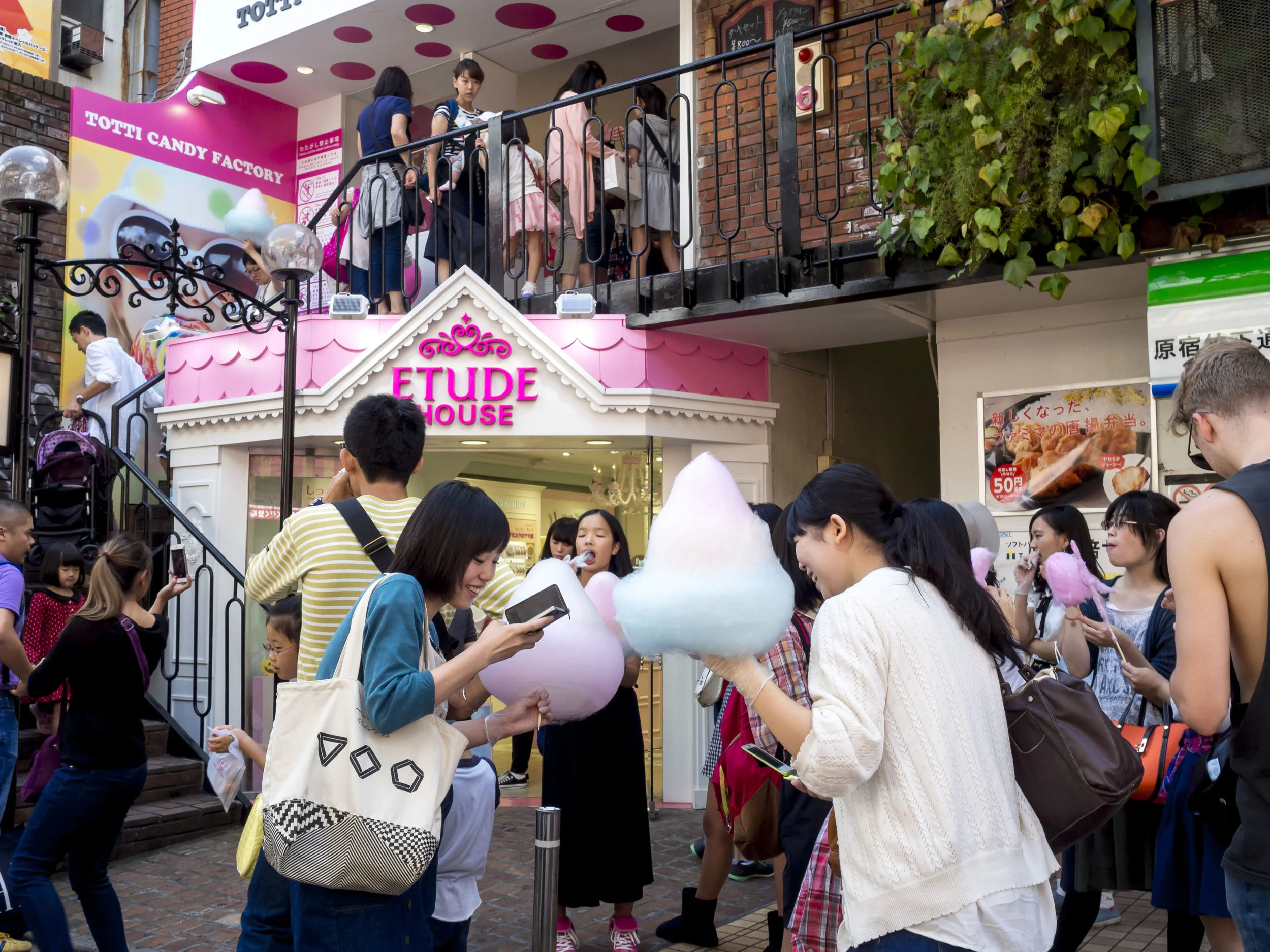
Story telling composition with the 17mm. An even wider lens would obviously add more, but with added distortions and possibly too much wasted information.
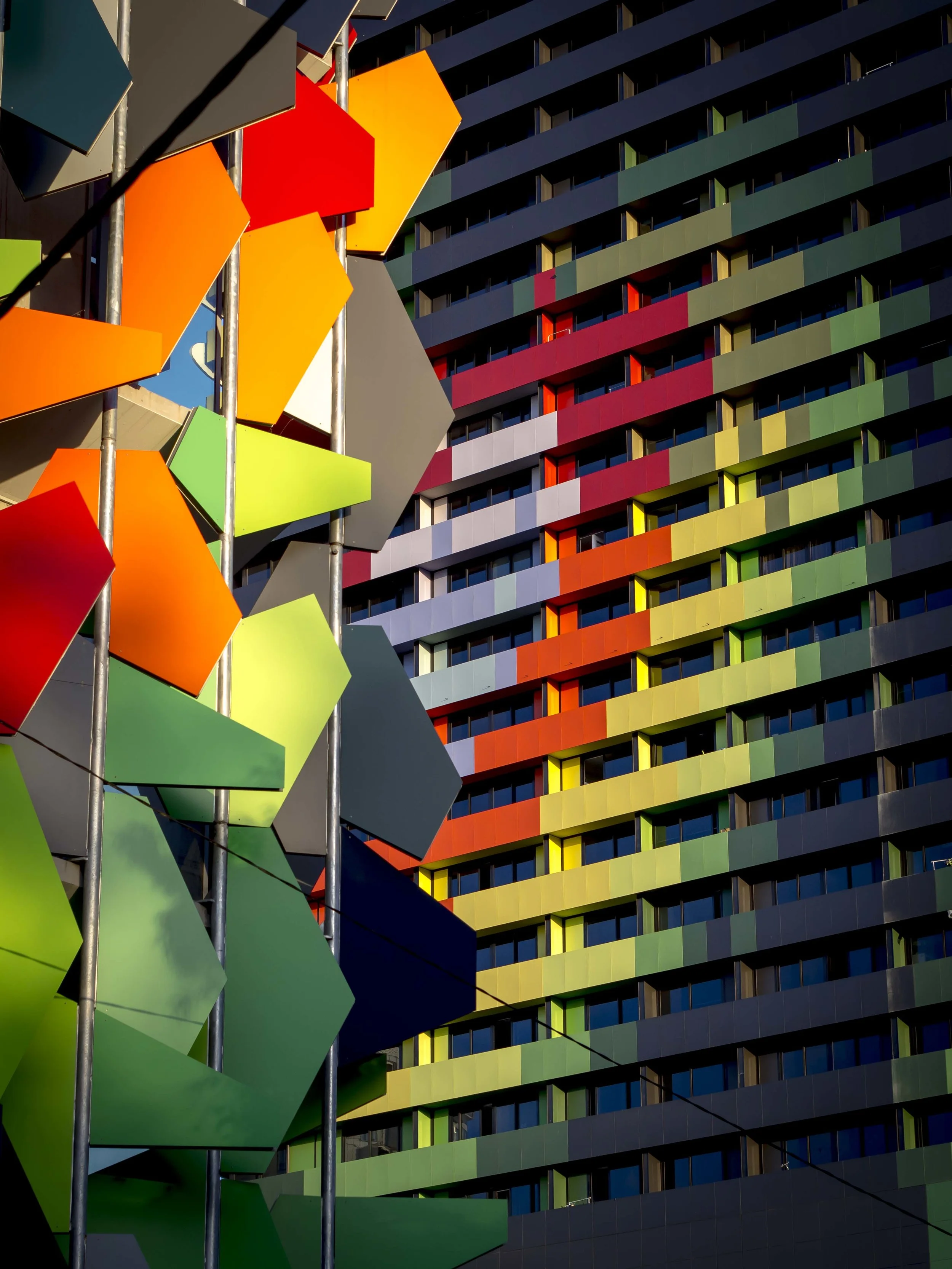
A tight crop achieved with a 45mm (90mm equiv). This lens effortlessly creates these images in any city I visit. The 25mm often includes too much and lacks that slight compression. Strangely I did not take to the 60mm macro I owned for a year. It, like the 25mm was a middle lens. It was not as powerful as the 75mm nor as gentle and natural as the 45mm.
For my own uses, the 25mm is going to be my intimate portrait and general close-up lens, more a little brother to the 45mm than a longer 17mm. There is a lot of depth control and quality to be had, even withstanding the neither here-nor-there angle of view.
The differences in Bokeh, colour, sharpness (the look of, not the quantity) and contrast when compared to the 17mm with well controlled distortion (ideal for panoramic landscapes) are also a benefit. It has similar characteristics to the 20mm Panasonic, but with better auto focus, more compression and a bigger jump up from the 17mm.
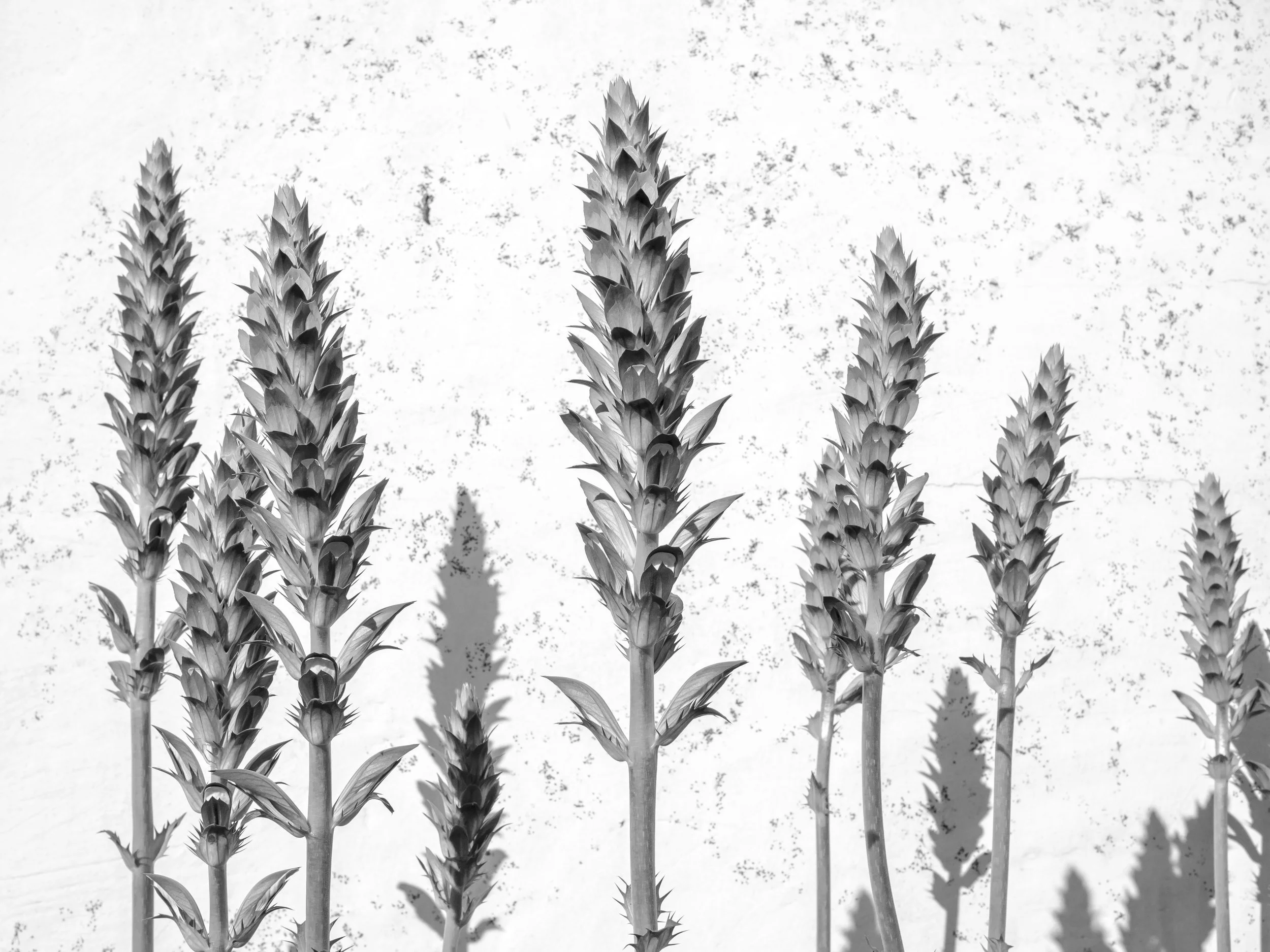
OMD 25mm at f8 showing the difficulty of obtaining full depth of field at close distances even on M43. What is soft in this image is not distracting. A good sign.
The images below were taken to see how the lens performs with reasonable depth of field** In the role of fine art/close up lens. This is important because the lens will rarely have perfect back to front focus when doing close-ups (nearly impossible without focus stacking etc.).
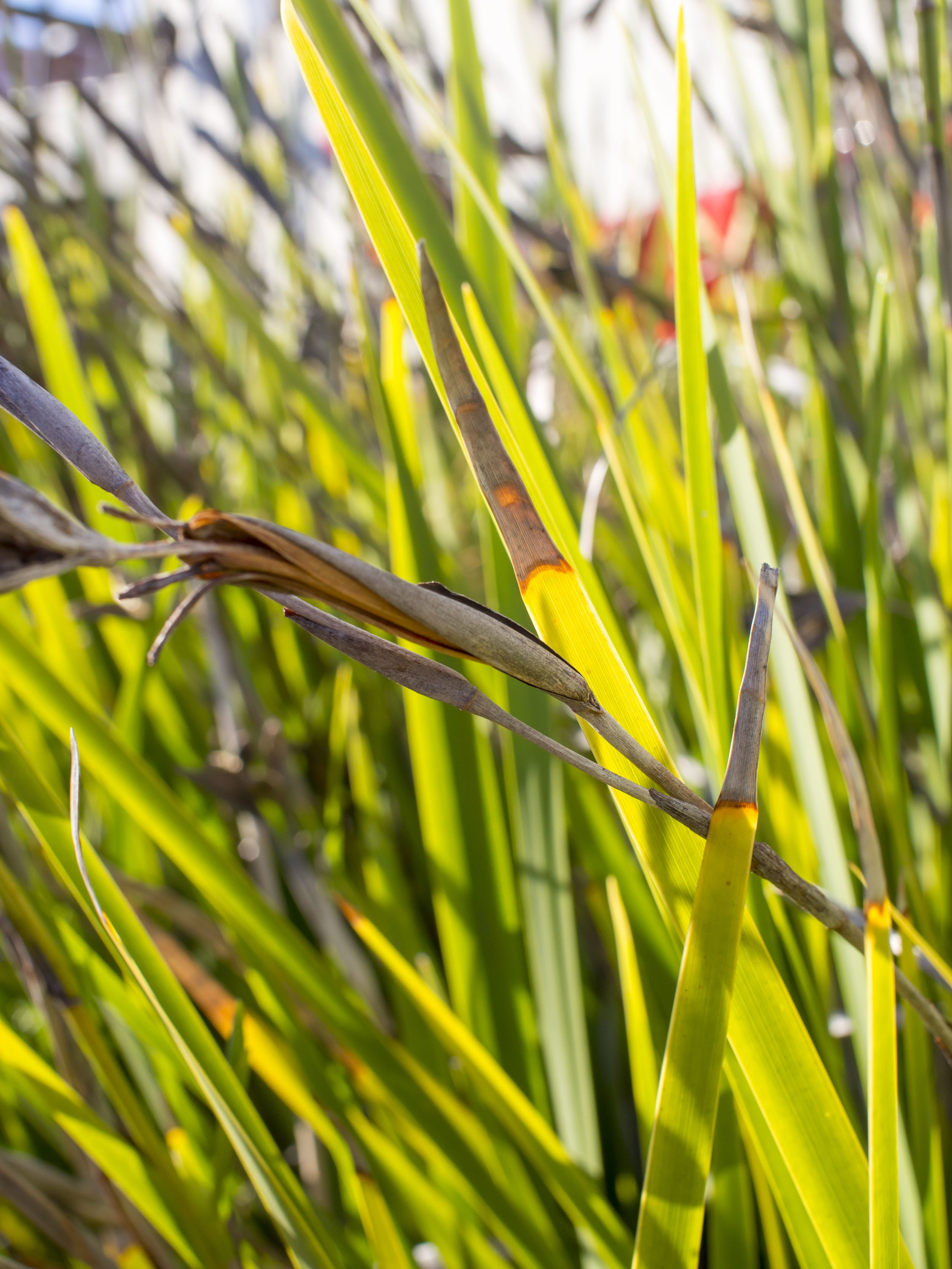
OMD 25mm f5.6. A little nervous in the far background, but smooth and controlled until then. Not the best ever Bokeh, but well within post processing tolerances and a tough subject.
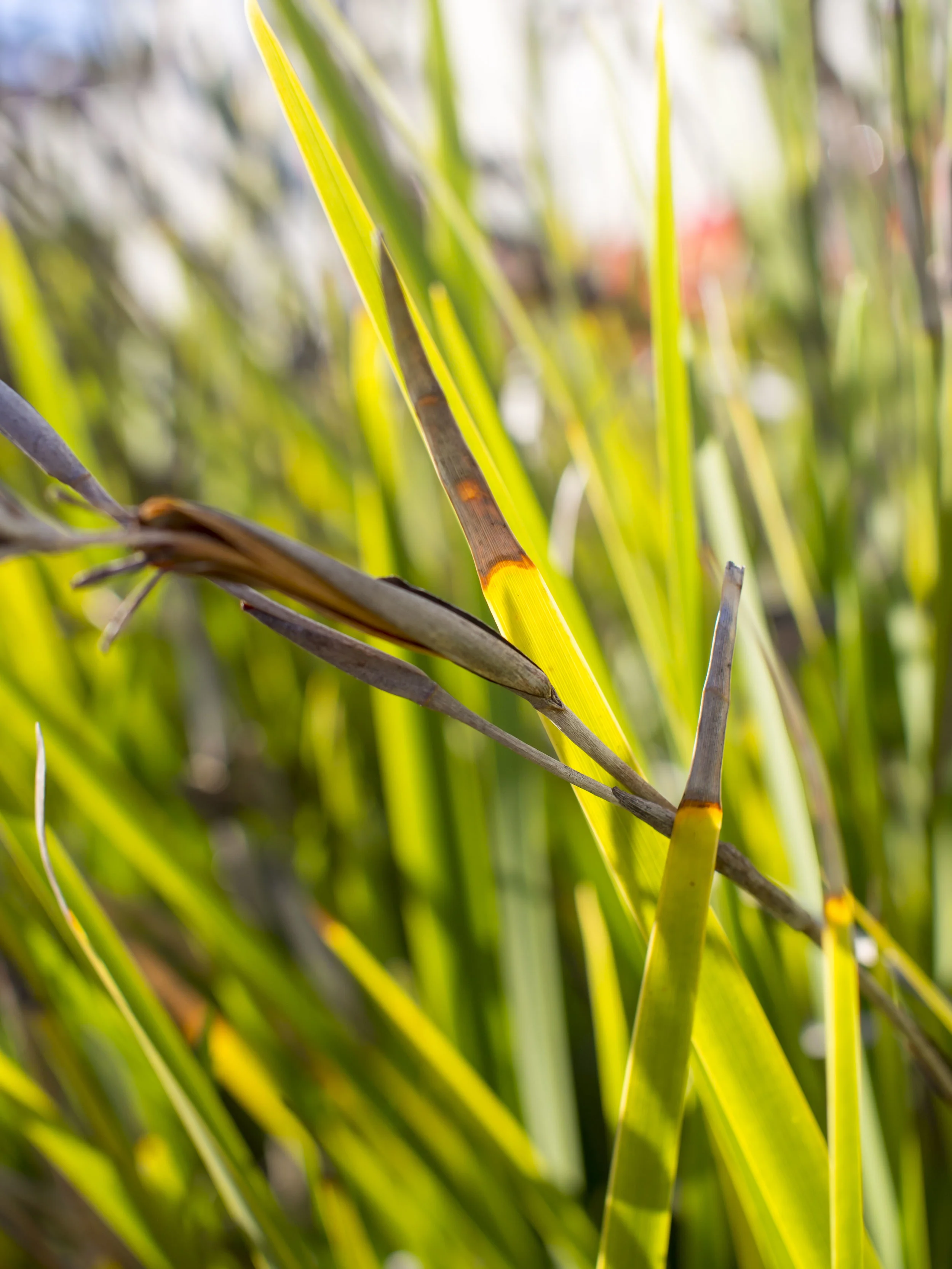
OMD 25mm f2.8. Slightly more softening of Bokeh and good snappiness on the main point of focus.
It is clear to me that the best Bokeh will come from the lenses best able to show it, the 45 and 75mm, but the 25mm will have a place as my shortest and most inclusive portrait lens and won't let the side down.
Everyone has a different sweet spot when it comes to favoured lenses, but I have determined mine. The 25mm will be my least used lens, but not unused. As an exercise, take a zoom out for a day of general shooting and look at the focal lengths you tend to use most. The next step is to go into primes only for those focal lengths. Go on, you know you want to.
*Cartier Bresson used 50mm a lot, but his images speak as much to portraiture as pure street.
** It is important to remember that Bokeh is not just blur discs shot with long lenses, set wide open, it is the character of any transition from perfect focus to out of focus on any lens at any aperture at any focal distance. This is why it is so subjective and open to interpretation. There is little "bad" Bokeh, but there is almost infinite variety.
Some believe street images should not be cropped. They also believe you should shoot with primes only and "use your feet". What happens when that does not do the job? Do you toss the image?
Cropping, whether it is done before or after the initial capture is a part of photography and always has been. Some of the greats of old did, some did not.

EPM2 17mm
This image is a busy (too busy) street scene with no strong focus.

The extra intimacy and impact of this image cropped surprised me.
I do not crop much. I am a bit OCD about straight lines, but often there is not the room to fix every lop sided image.
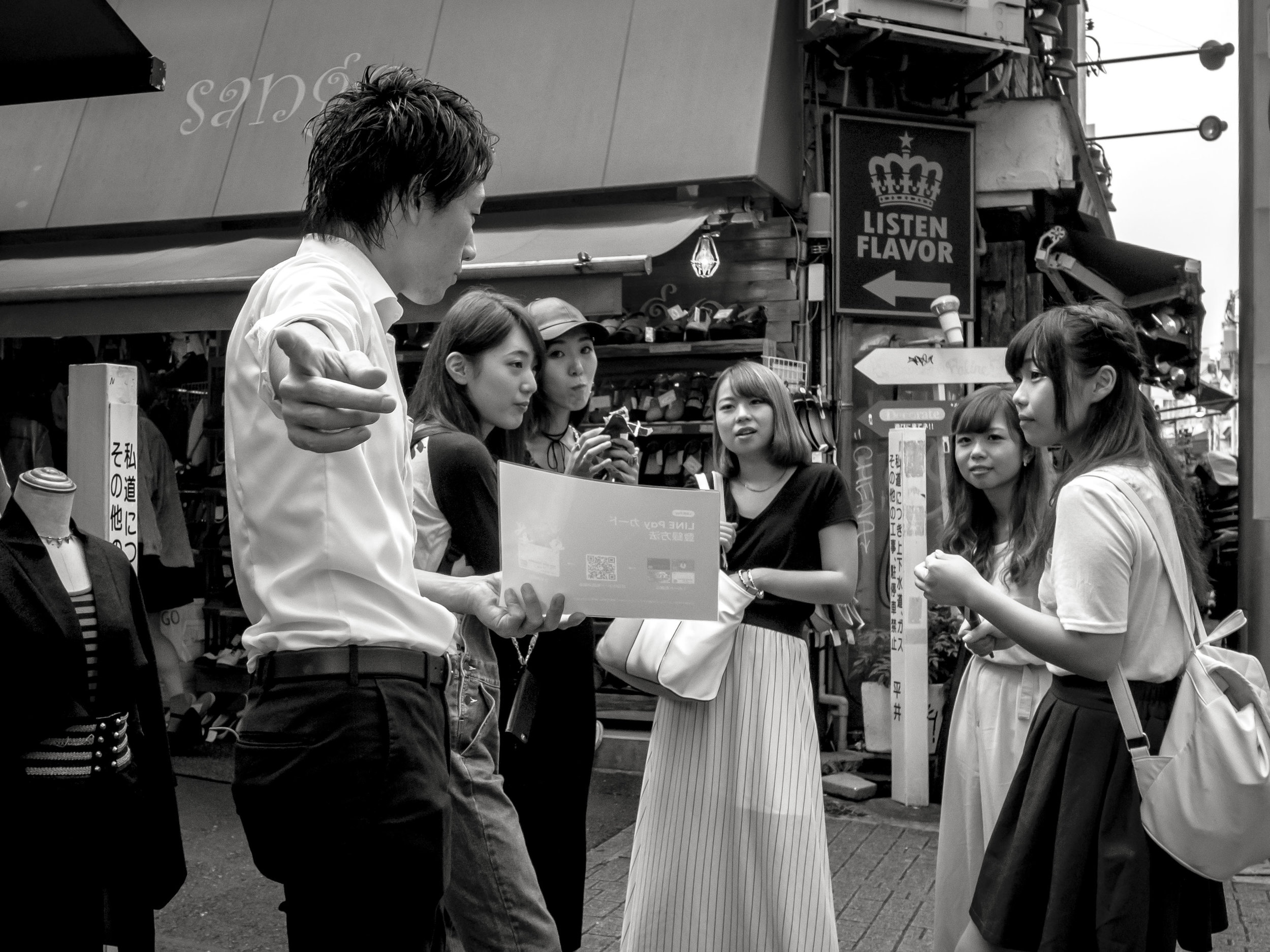
Also cropped and straightened. The cropping exaggerated the closeness of the pointed finger.
Later in the same trip to Tokyo, mentioned previously, I switched the 17mm to the EPM2. The little EPM has a tough run. It was gifted, but not used much. It was sold, but came back. It now sits around as the spare to the spare to the spare.
On the Tokyo trip last year I decided to do one of the no-no's of street shooting. I took two cameras with different interface, different batteries even and two I was not overly familiar with (the two Pen's).

EPM2 17mm F5.6
The Pen F continued to frustrate as the on/off switch magically got turned off regularly (by magic me it seems). The EPM on the other hand started to quickly feel very comfortable. The left hand hold I favour actually allowed me to turn on and off, focus and shoot, all with my thumb. The thing worked like a dream.
I also feel the EPM is a slightly more mature sensor and processor than the EM5 mk1. Not much, but occasionally the images have more punch without excessive contrast.
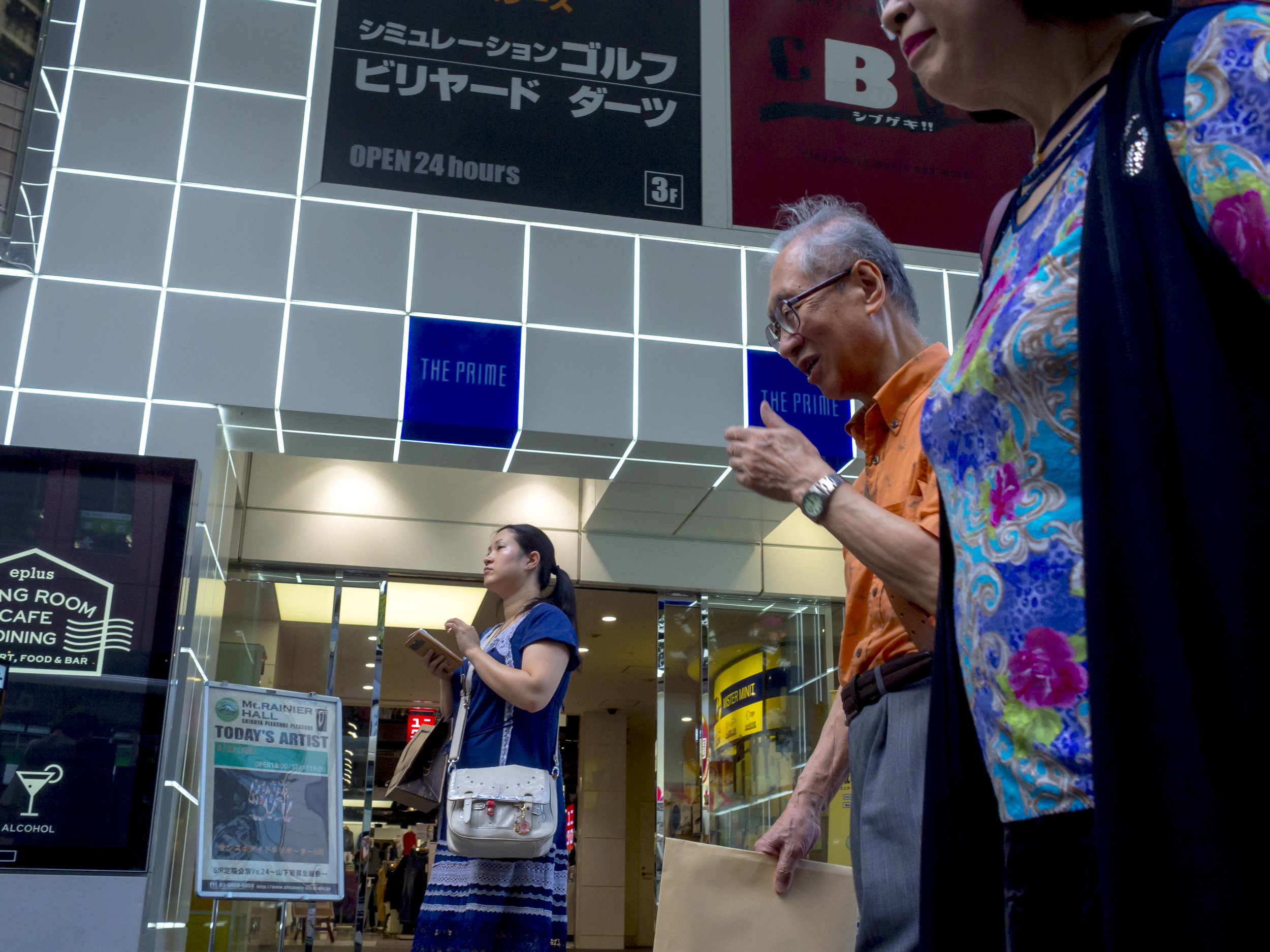
The little beast is also tiny and although it is red, it most often went under the radar.

Added blue channel in the Lightroom "camera calibration" panel works well also.

It is also really quiet, even without a silent mode.

Some of my favourite images of the trip came from this combo.

Very OMD-film like colour and contrast.
On the topic of useable image edges and corners, These three images were taken "fresh off the plane" on a trip to Tokyo last year. They were literally in the first two dozen frames I made wandering around the Tokyo station precinct. My settings needed a bit of work, the choice of shutter priority was not flawed as such, but familiarity with the camera was lacking.

Pen F 17mm F2.2
The fear? An awareness of the supposedly weak corners and edges on the 17mm. To be avoided!
The Ignorance? Forgetting that and shooting in shutter priority, getting the above image nearly wide open.

and again

This with a more sensible f5.6. F2.8 to 8 are all about the same, excellent centre and good edges.

Just to break with convention, Pen F 45mm shot from the hip. This was the first image from the Pen F that made me realise the "bigger" quality lurking in there.
With re found memories comes another discovery, of a lens used more than I realised. The 25mm, it seems, was a bit of a star in Osaka.

OMD 25mm
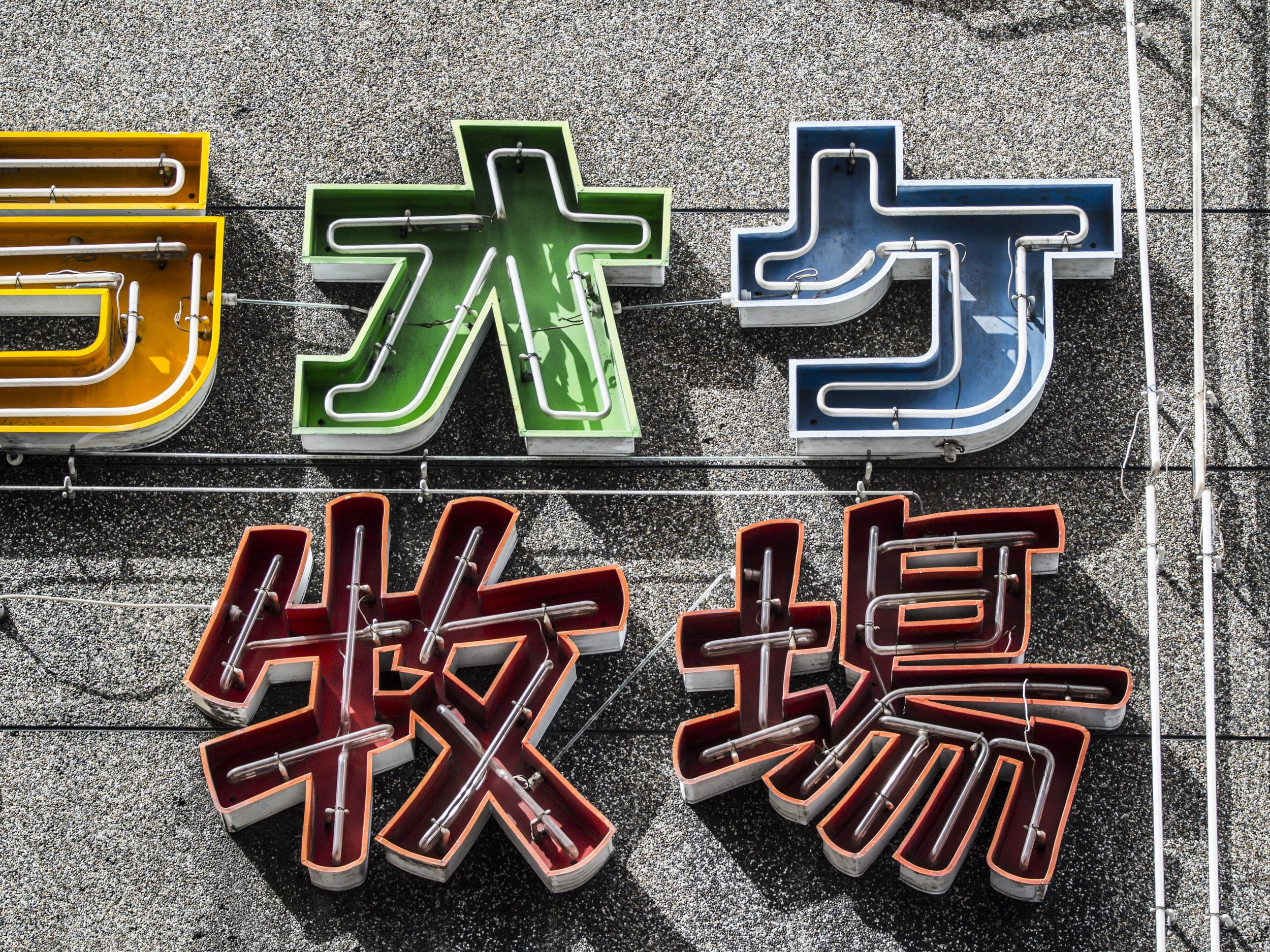
OMD 75-300
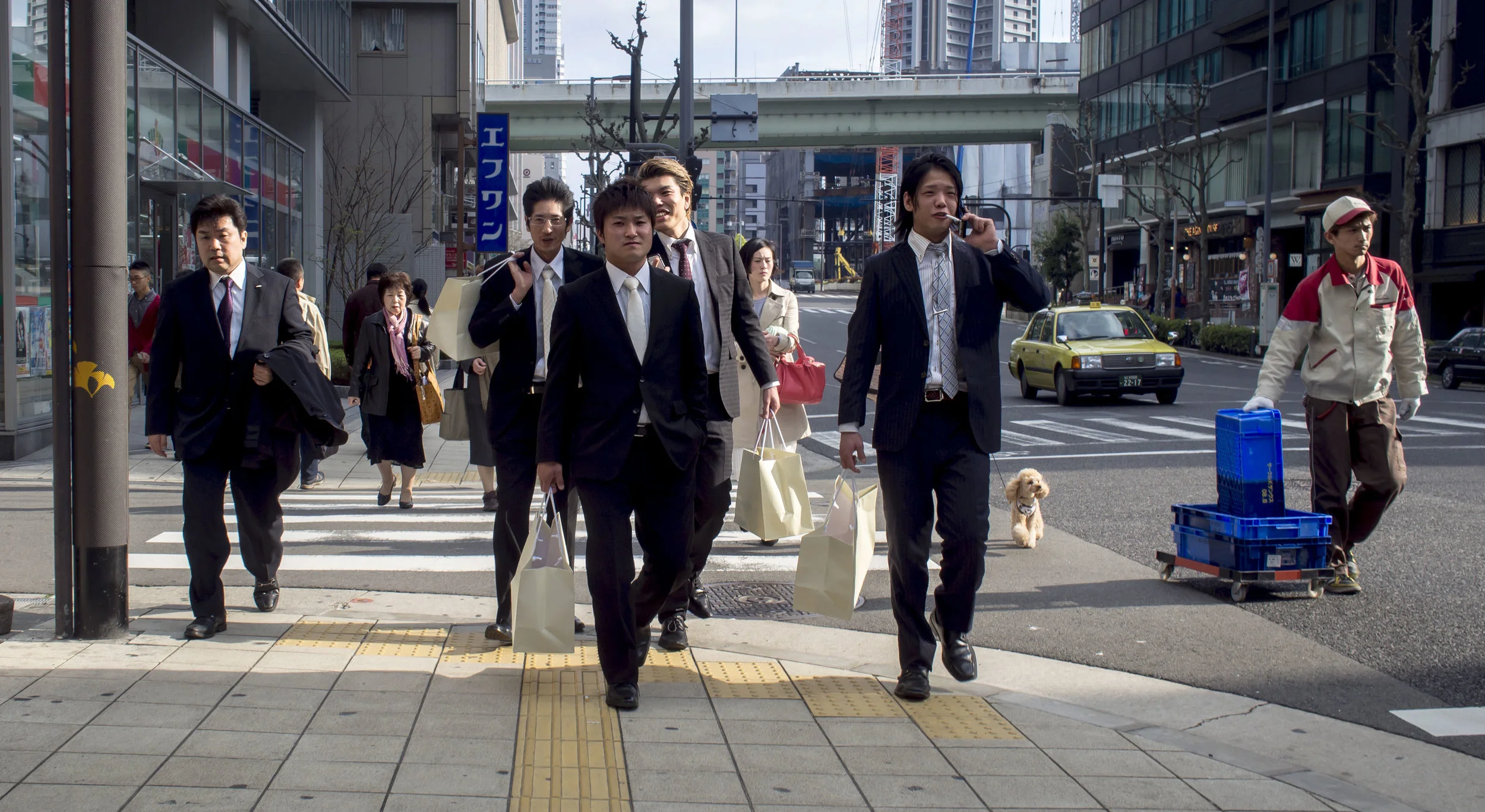
OMD 17mm
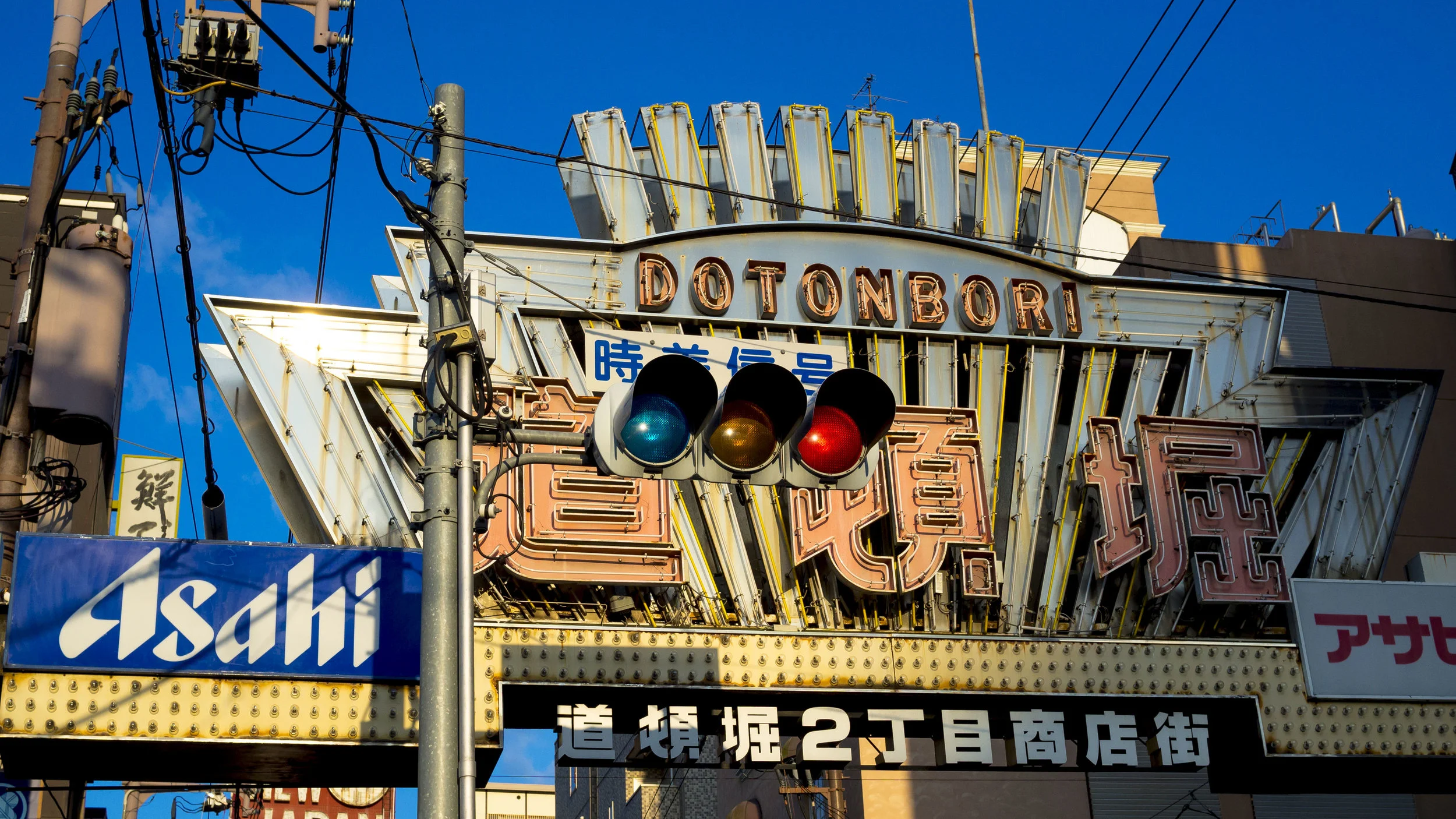
OMD 25mm
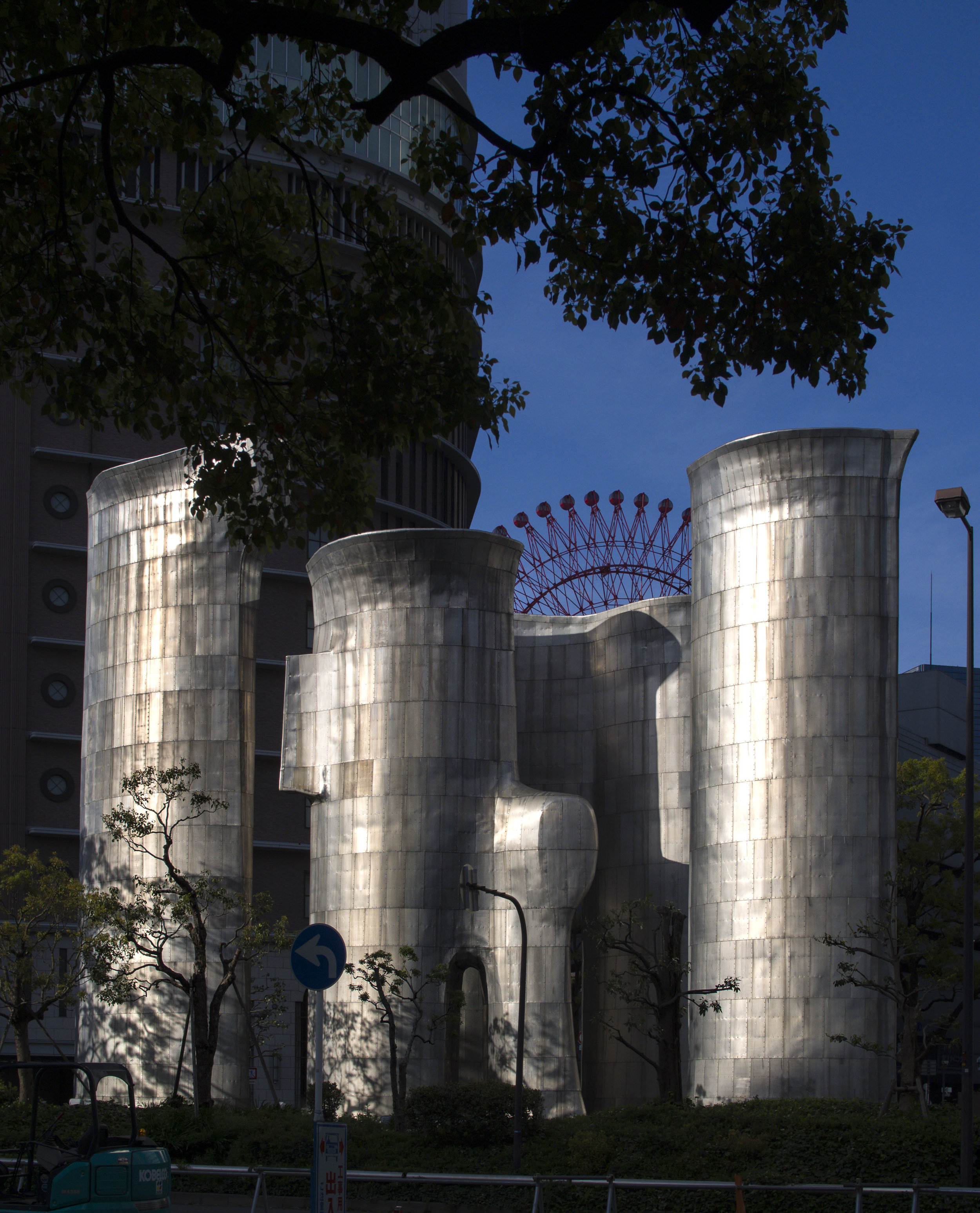
OMD 25mm
I have discovered that memory can play tricks. The images from our first trip to Japan have been pushed aside as later trips took precedence. It was only two years from our first trip there to our fourth, so the first is both a recent discovery and an ancient memory. The biggest difference was in my processing. Very harsh and contrasty. A gentler approach has revitalised them.
Osaka stood out as the most photogenic city.
I have missed these images.
First, a burst of orange.

OMD 45mm
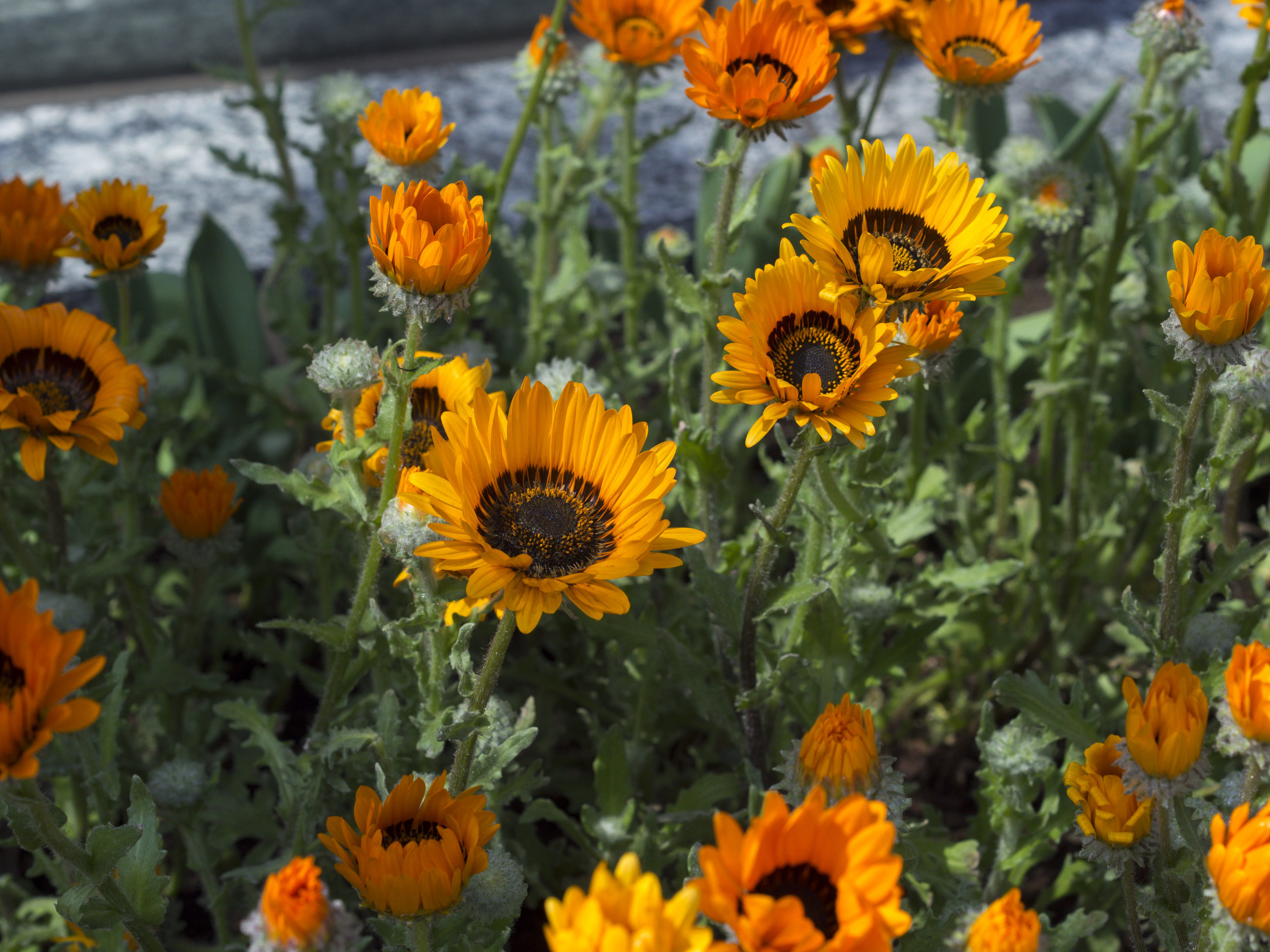
Then some reflected light...

OMD 75-300
and reflections of a different type.

OMD 25mm
Finally, some mad compression, so common in Japanese cities, but Osaka did it as well as any where.

OMD 75-300

OMD 75-300
This is a sewage truck in Osaka! Way to clean stuff guys.

OMD 45mm
Osaka has the best light and the brightest colours.

OMD 75-300
Again some random files found while "cleaning up" my library.


Going through some old files, remembering good travel days.


The Japanese just get stuff done. OHS rules are a little more flexible than here.



Same City, later in the same day, much the same technique, but AF was used with the 45mm as distance allowed.
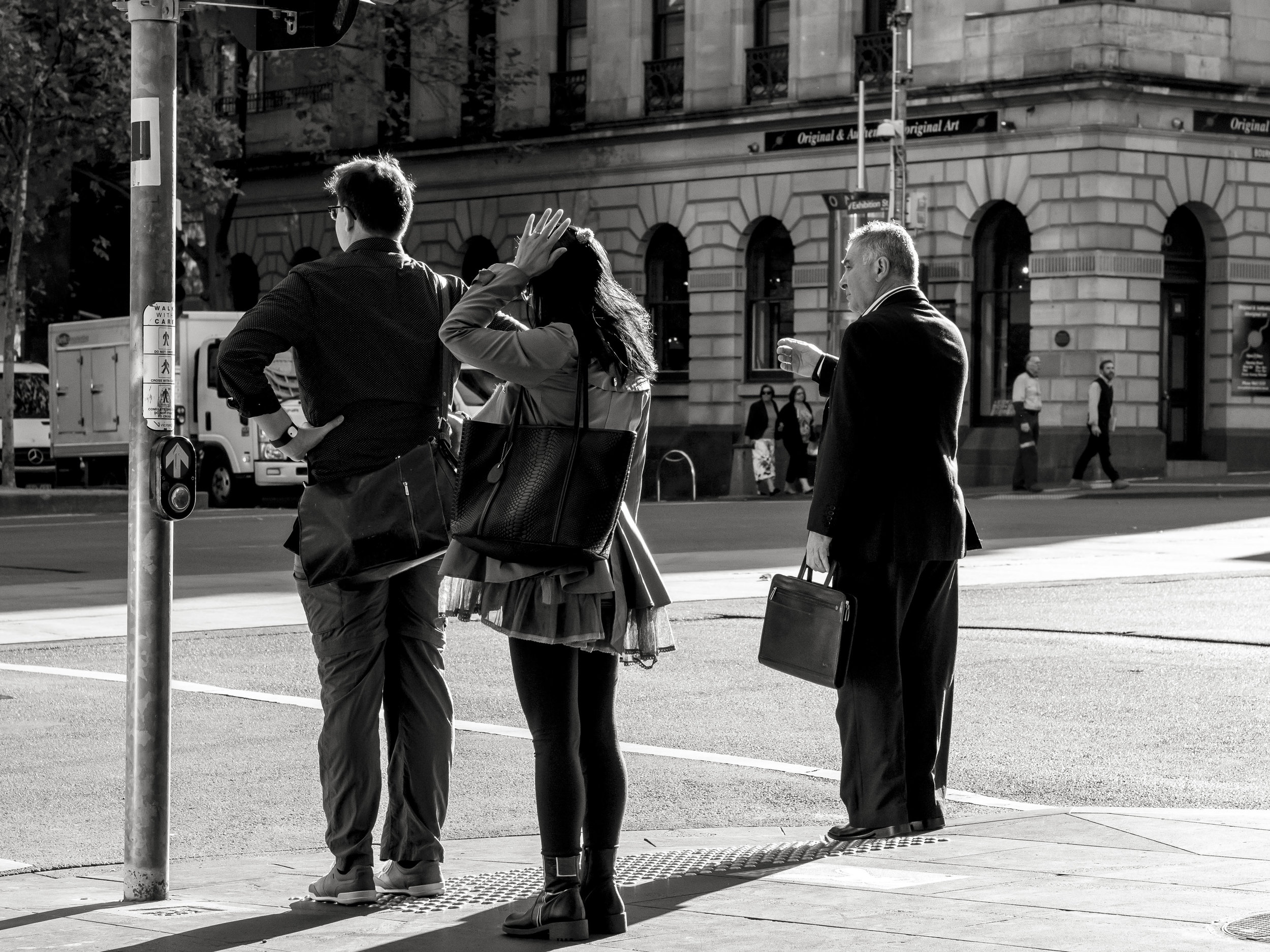
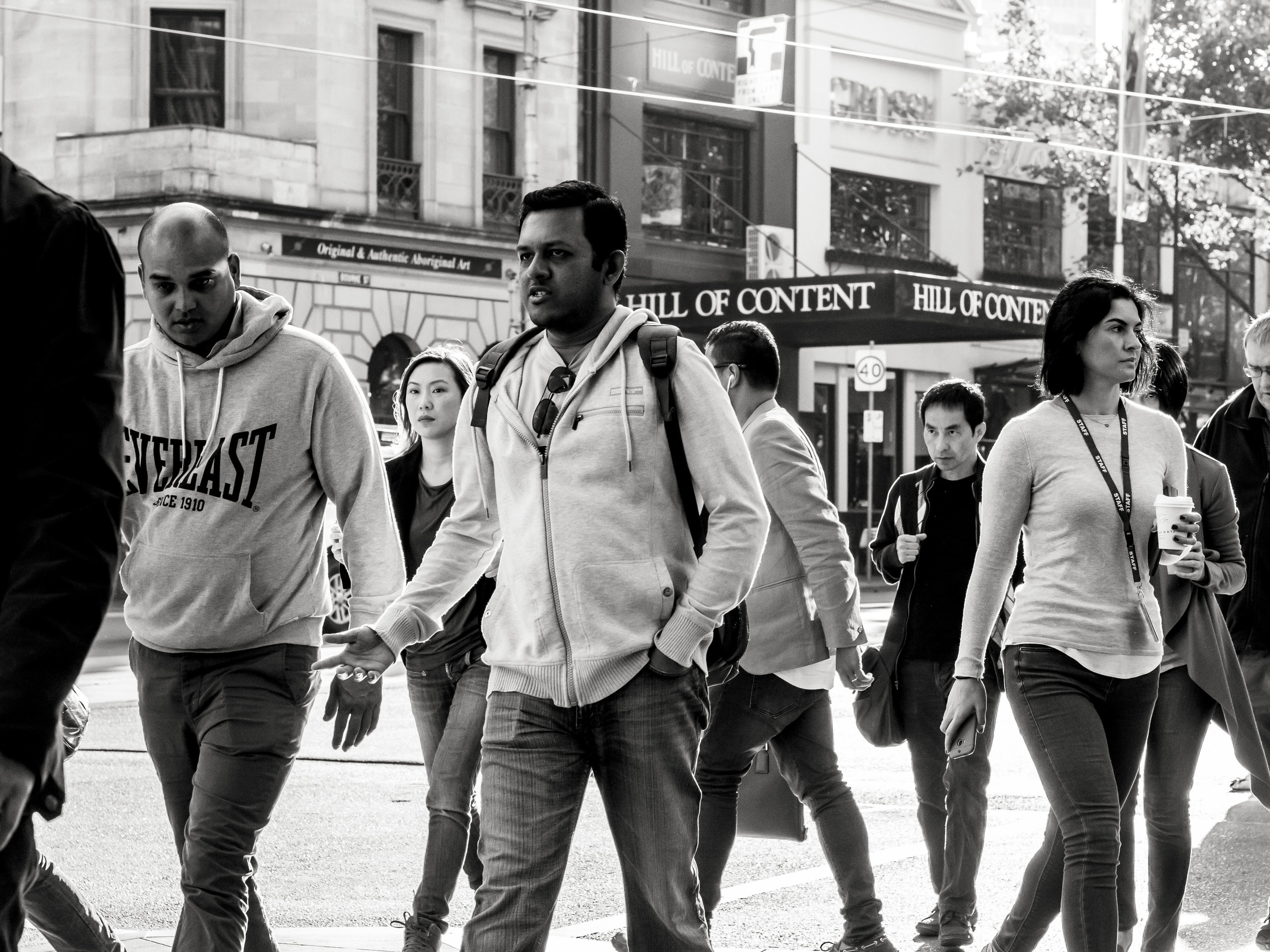
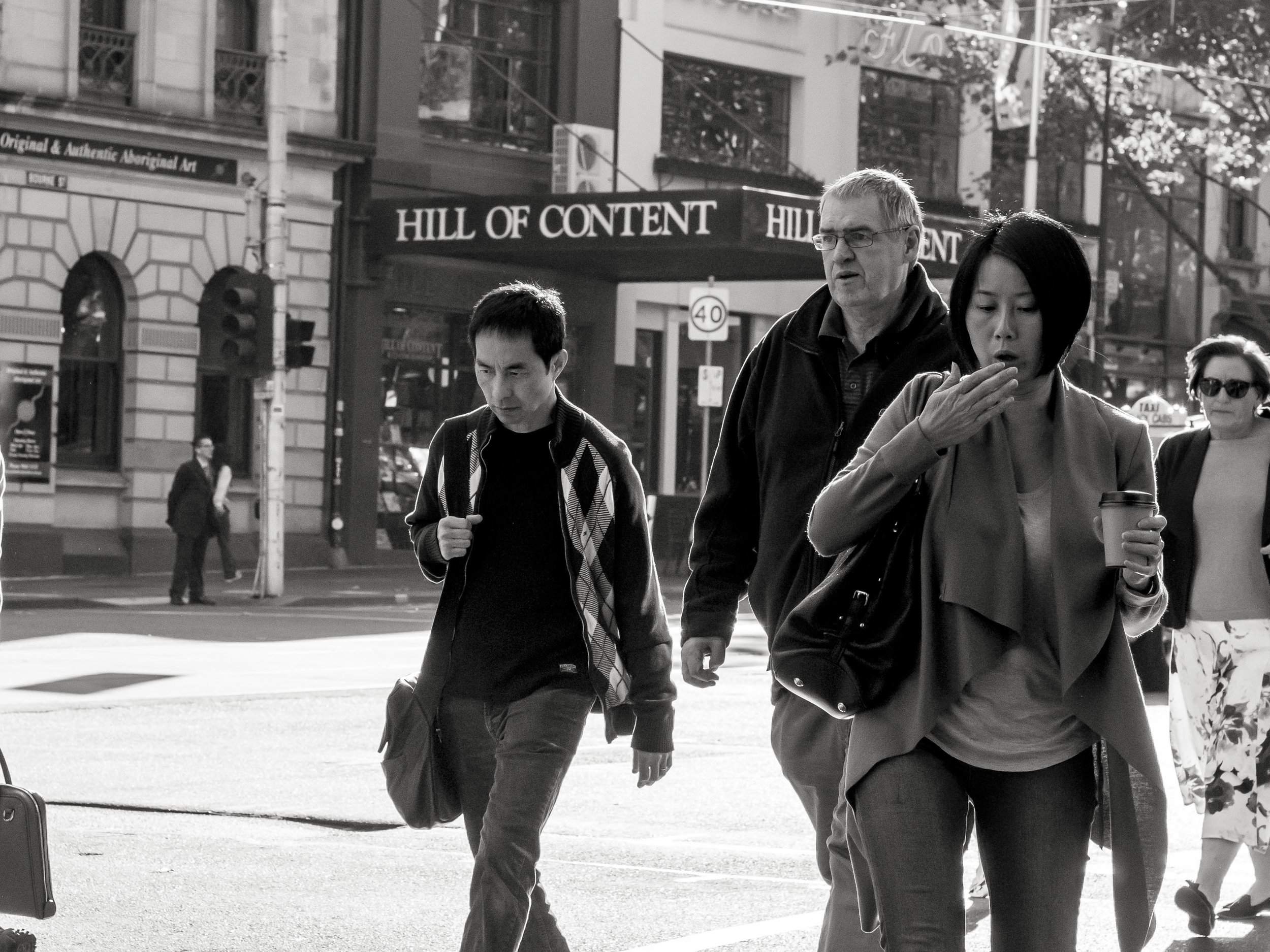
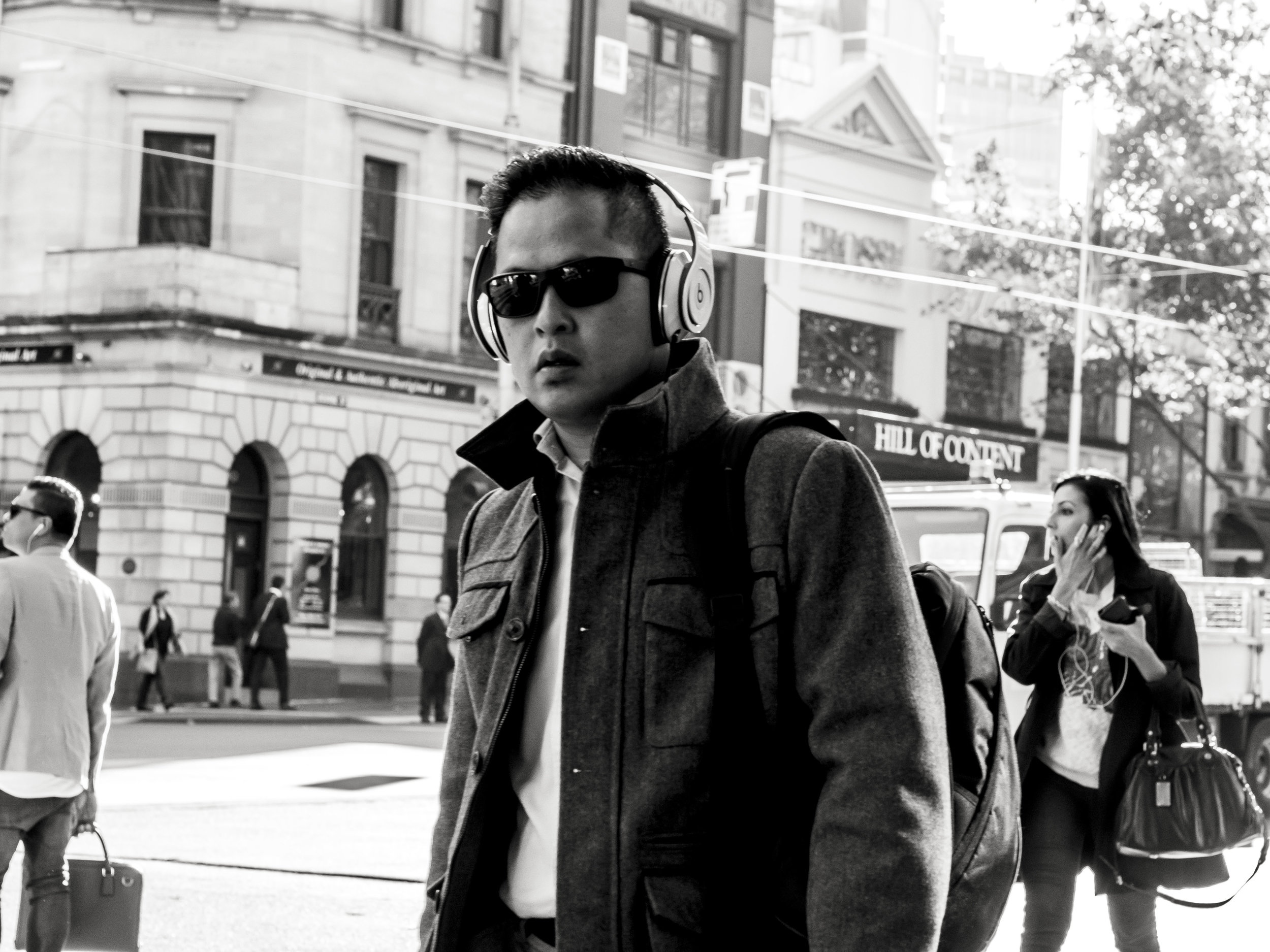
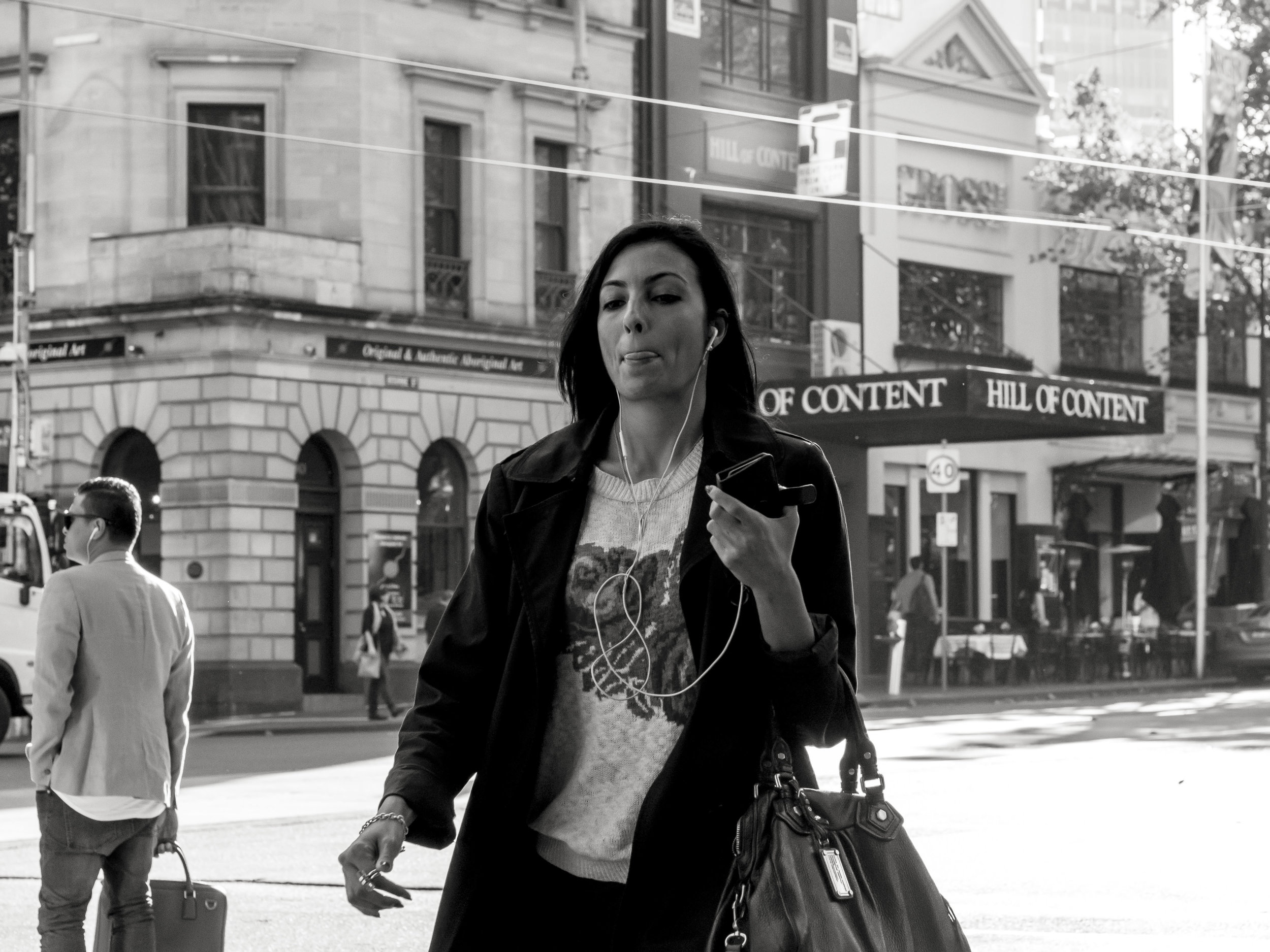
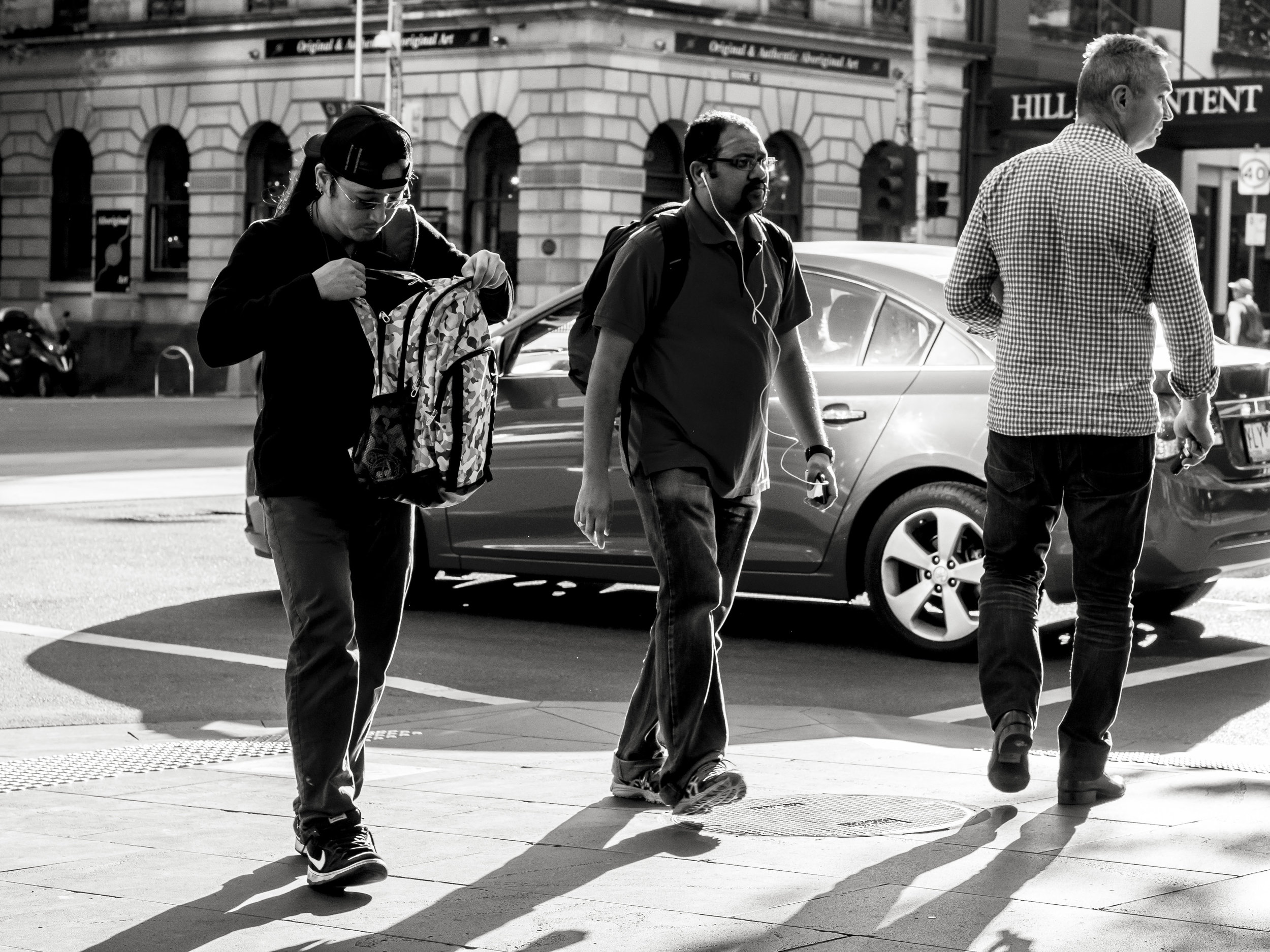
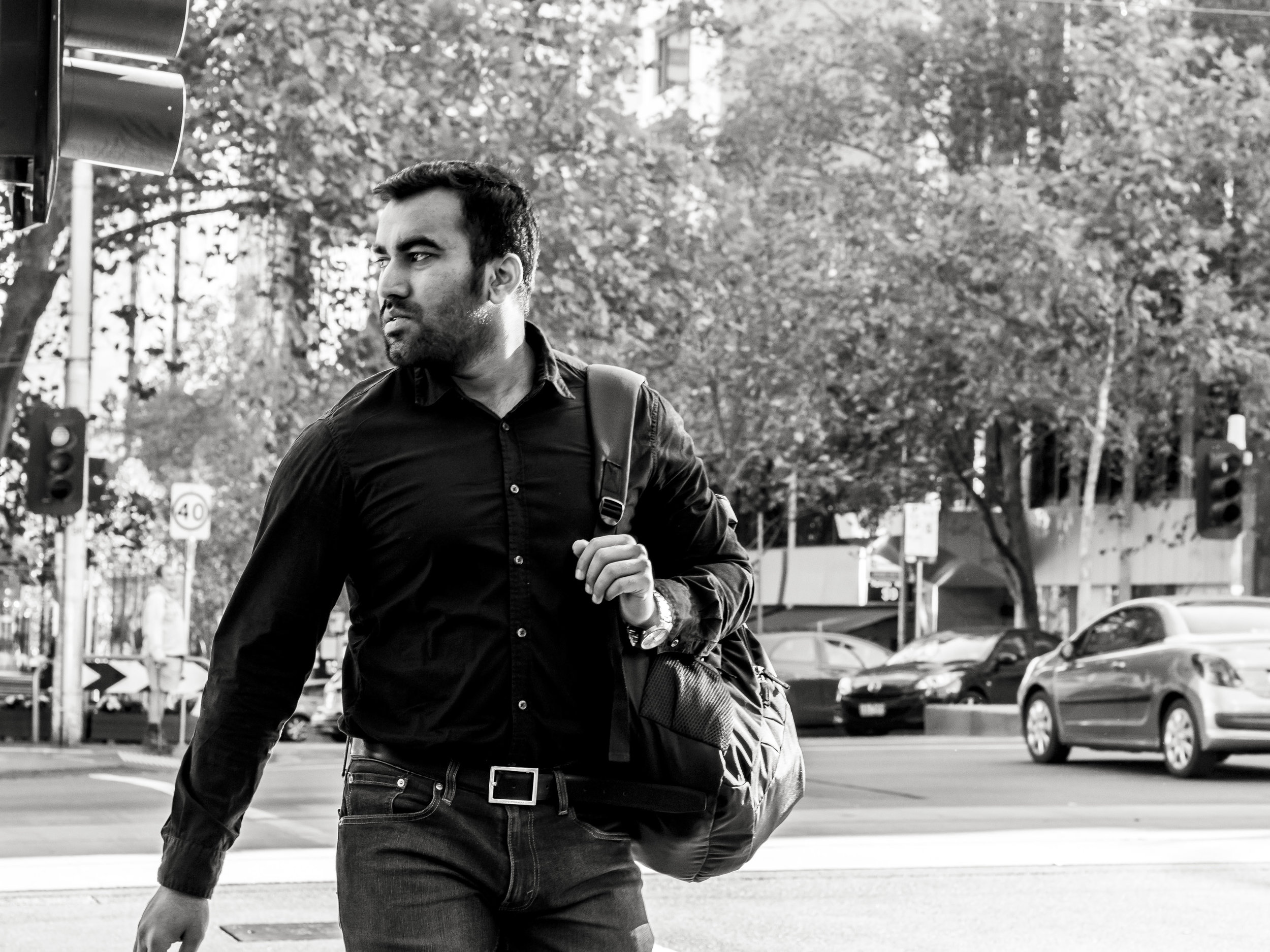
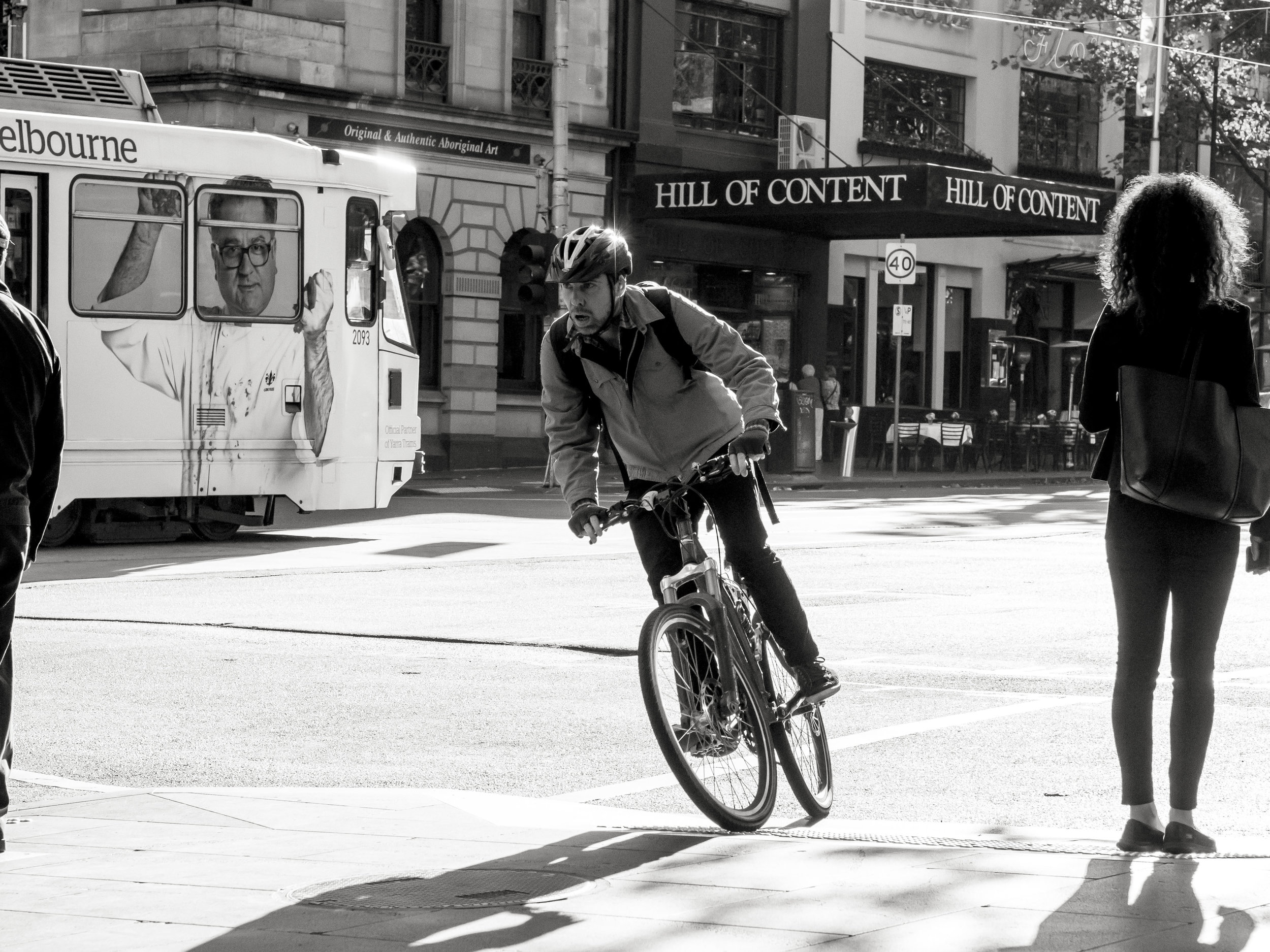
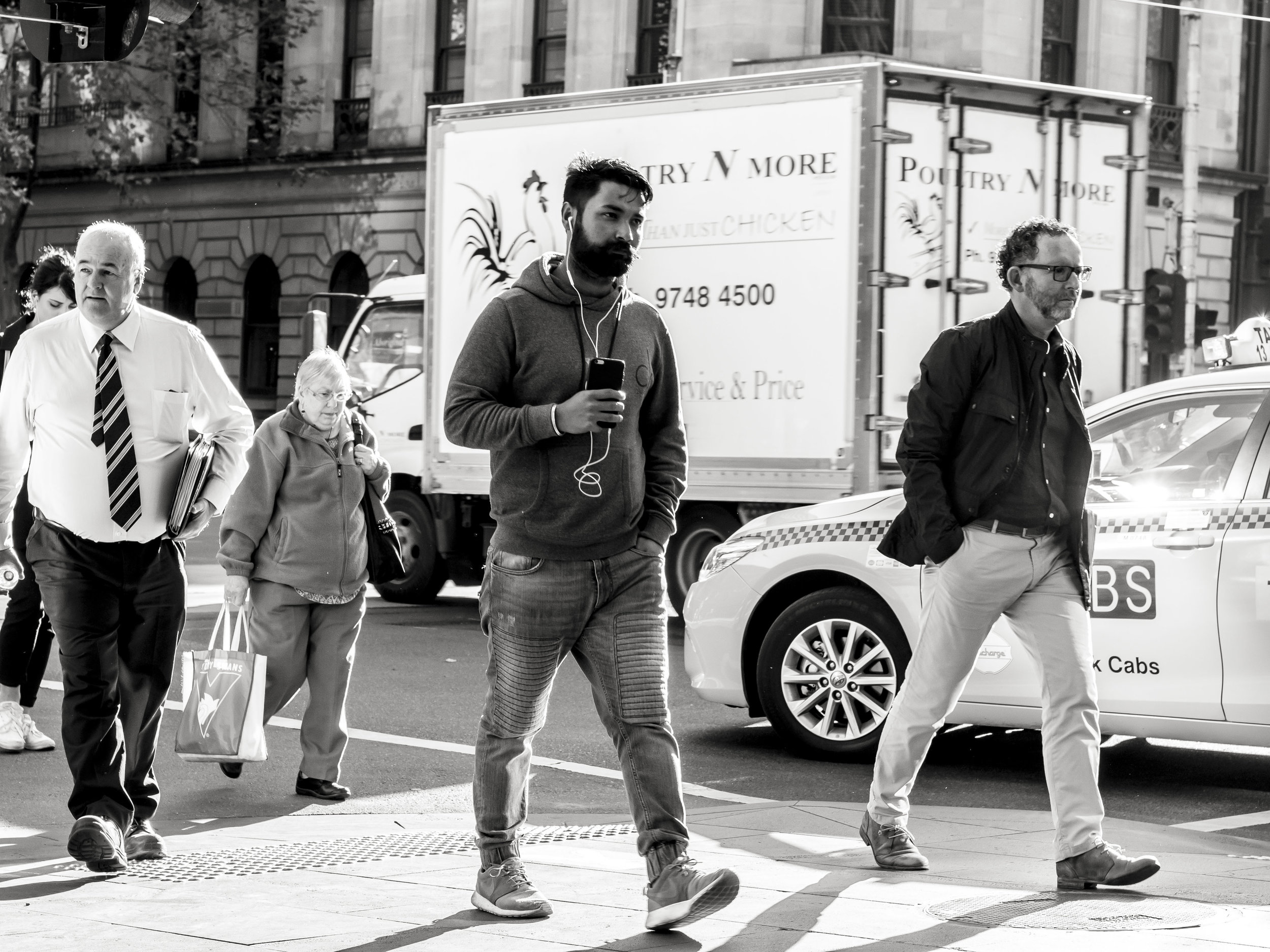
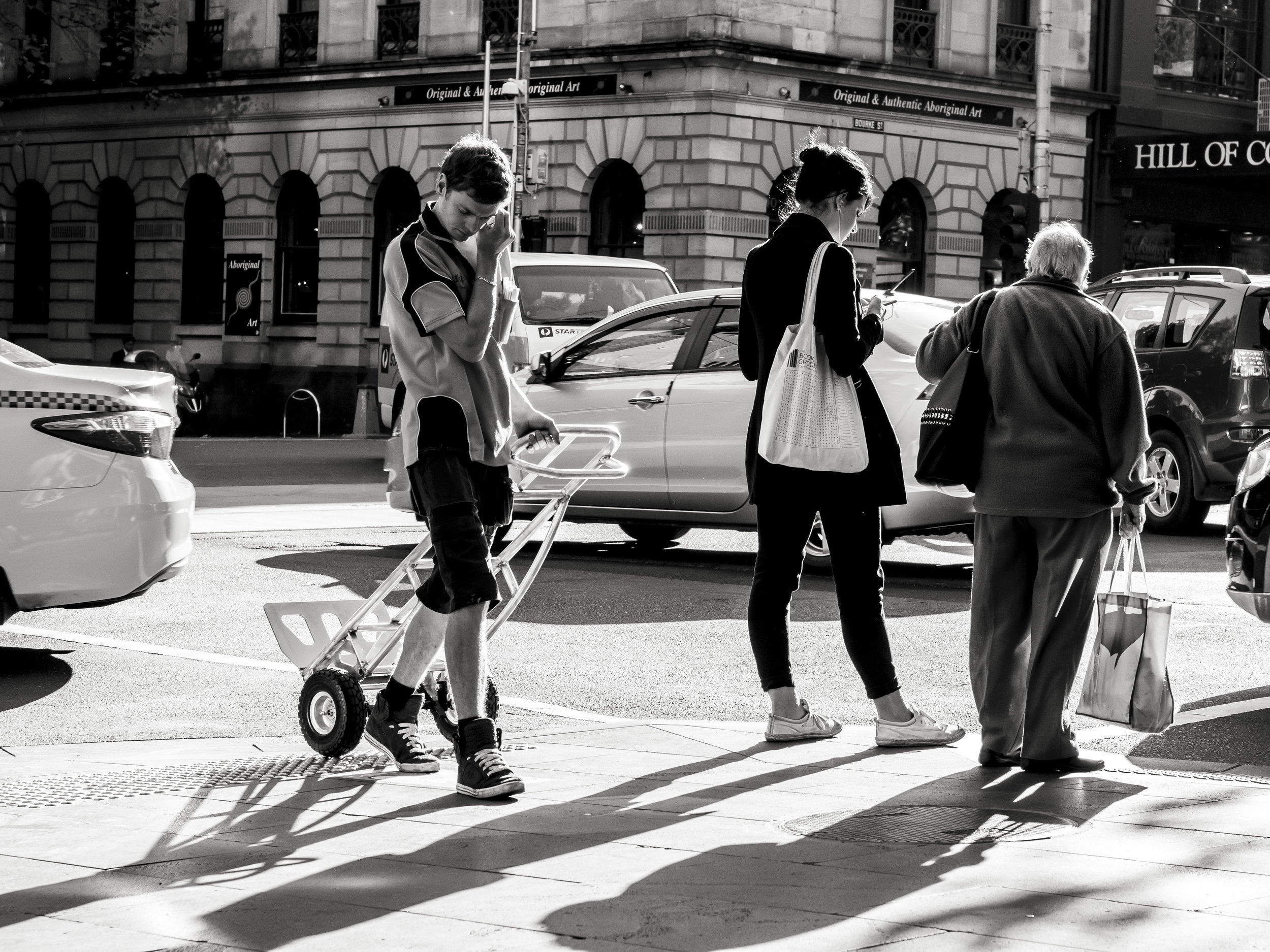
A slightly different dynamic and perspective, but just as intimate?
Just thinking about a technique that has paid off in the past.
Find a corner, well lit and trafficked .
Set your lens to about 1-2 meters, f4-8, depending on format and auto everything else.
Look as invisible as you can. Eye contact is to be avoided.
Fire away by instinct.
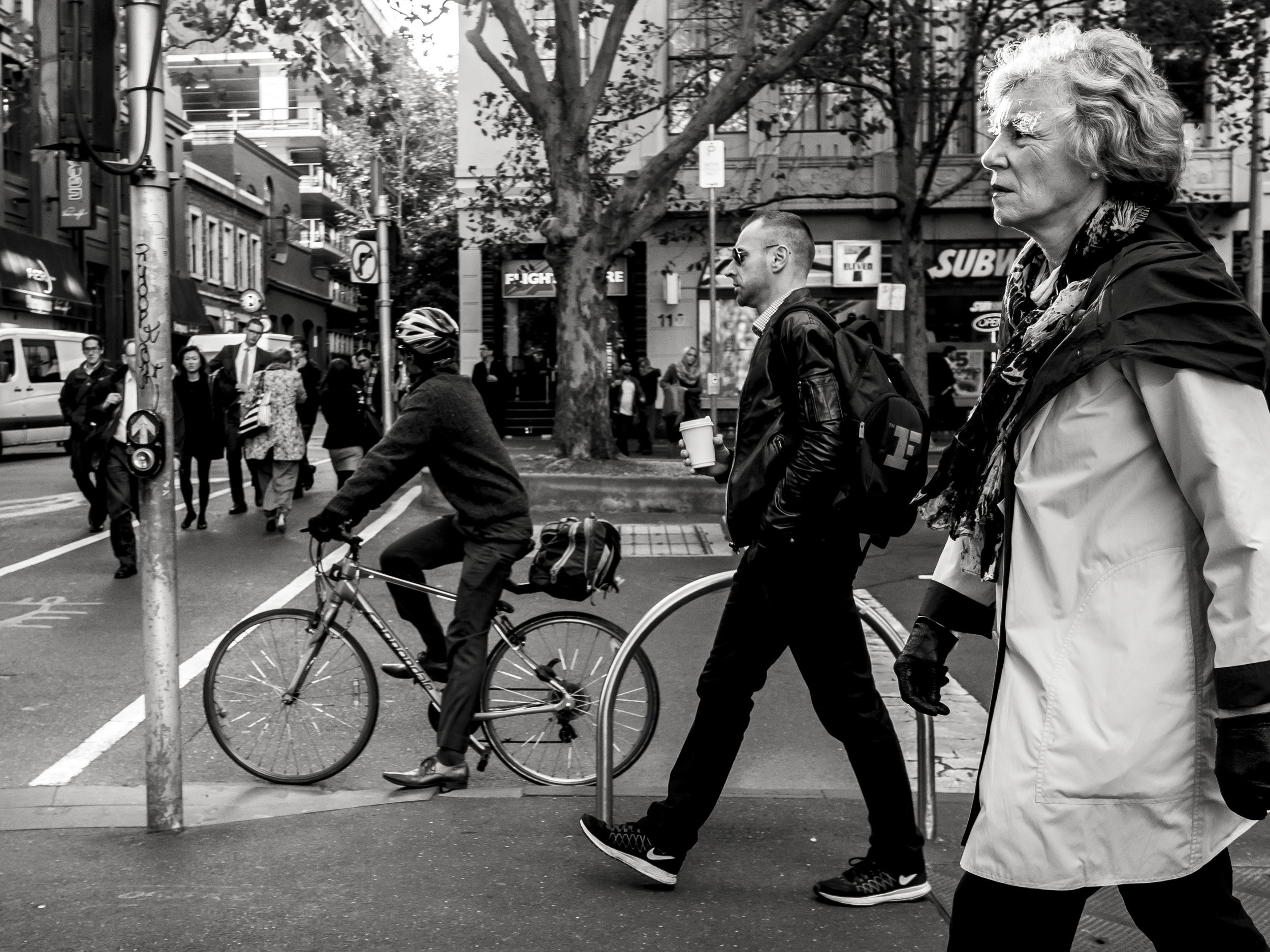
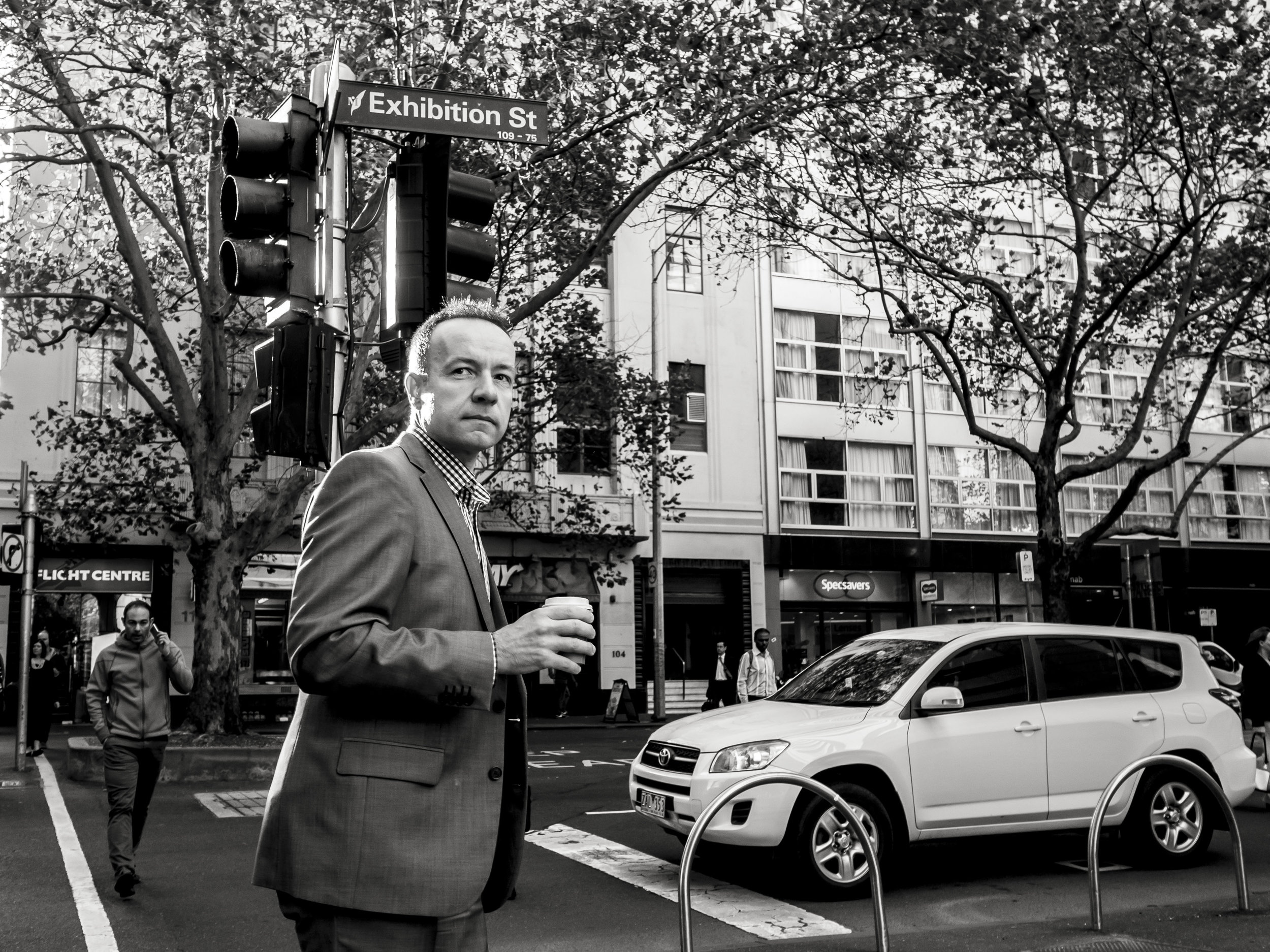
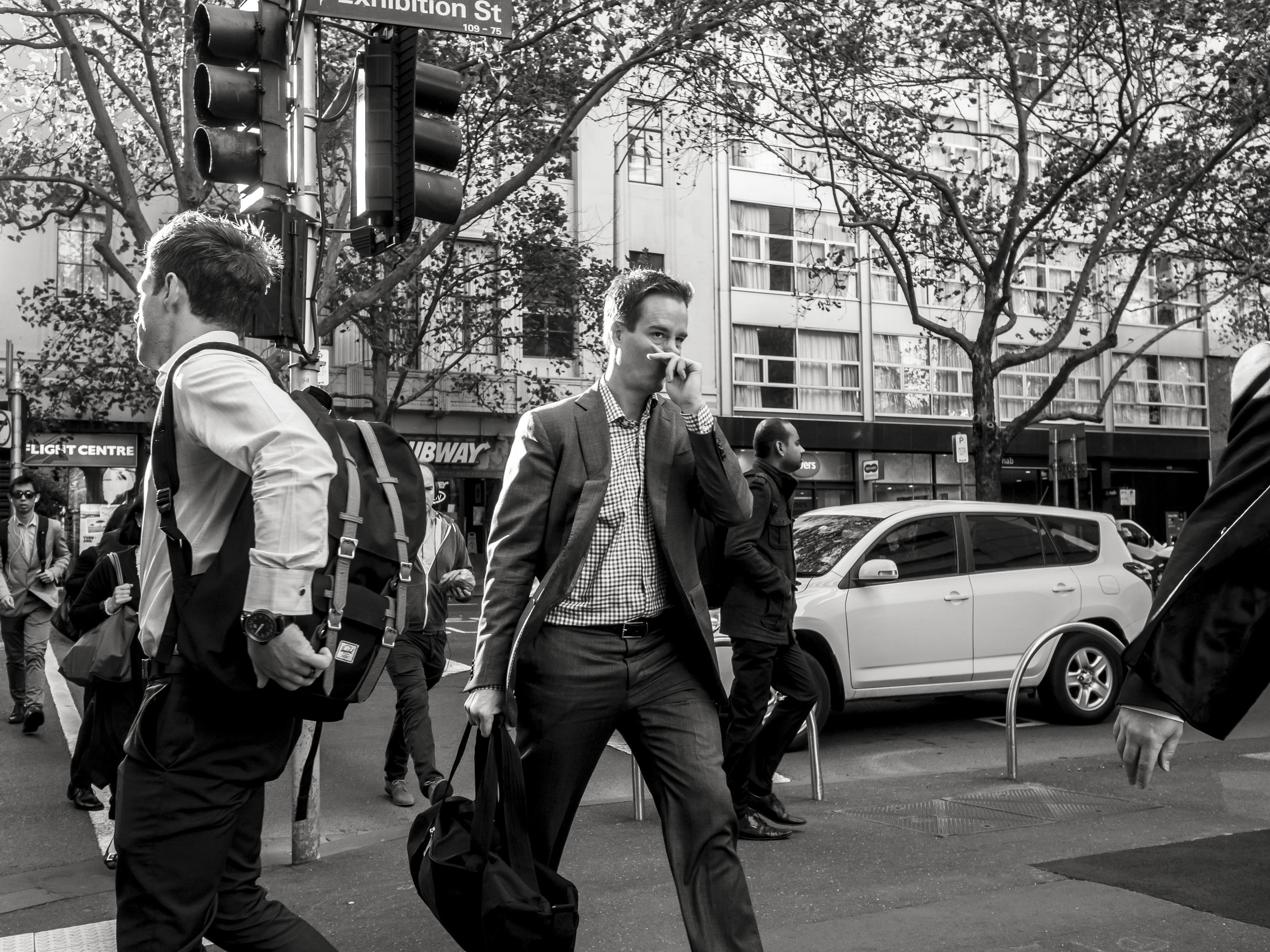
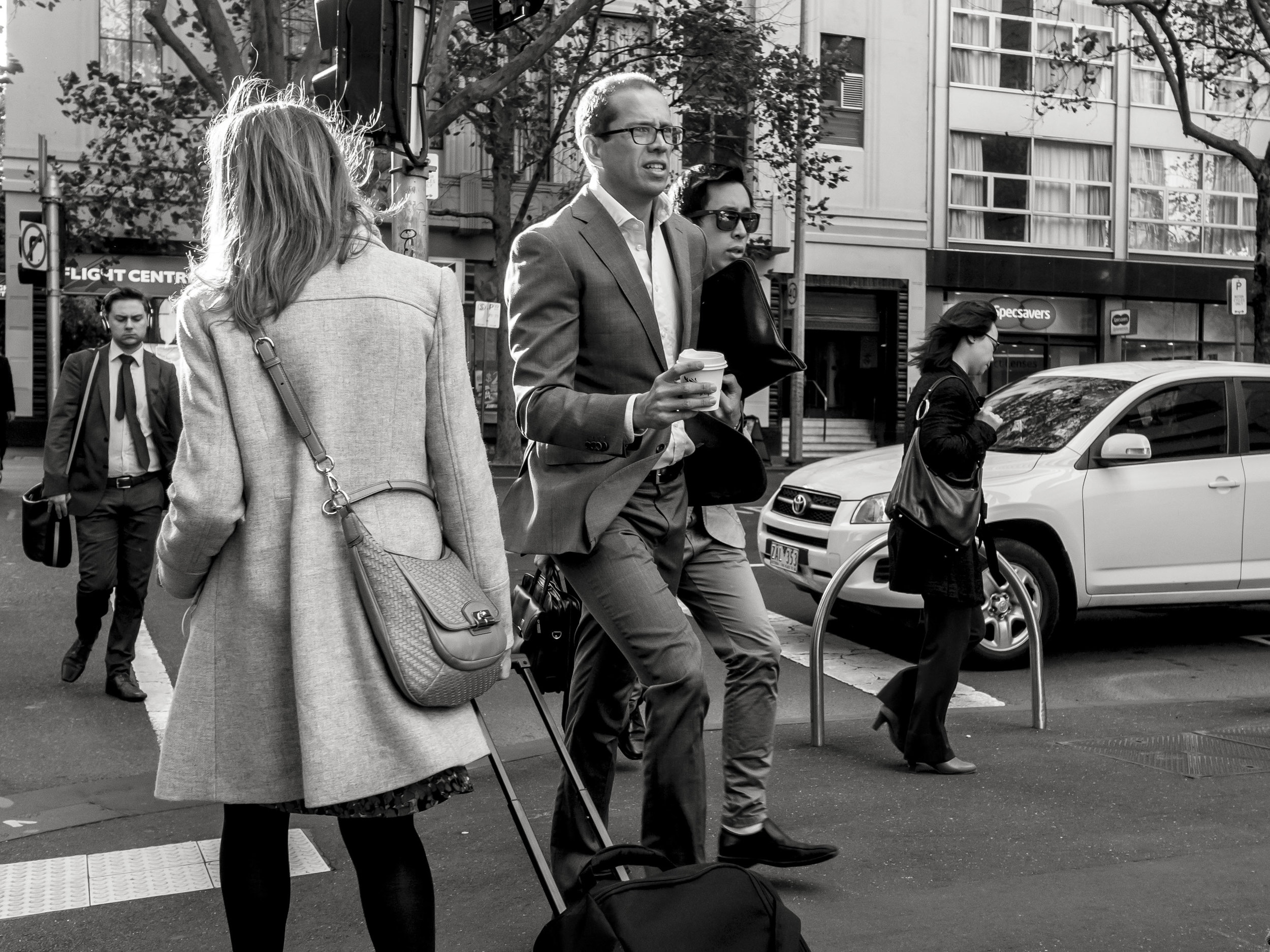
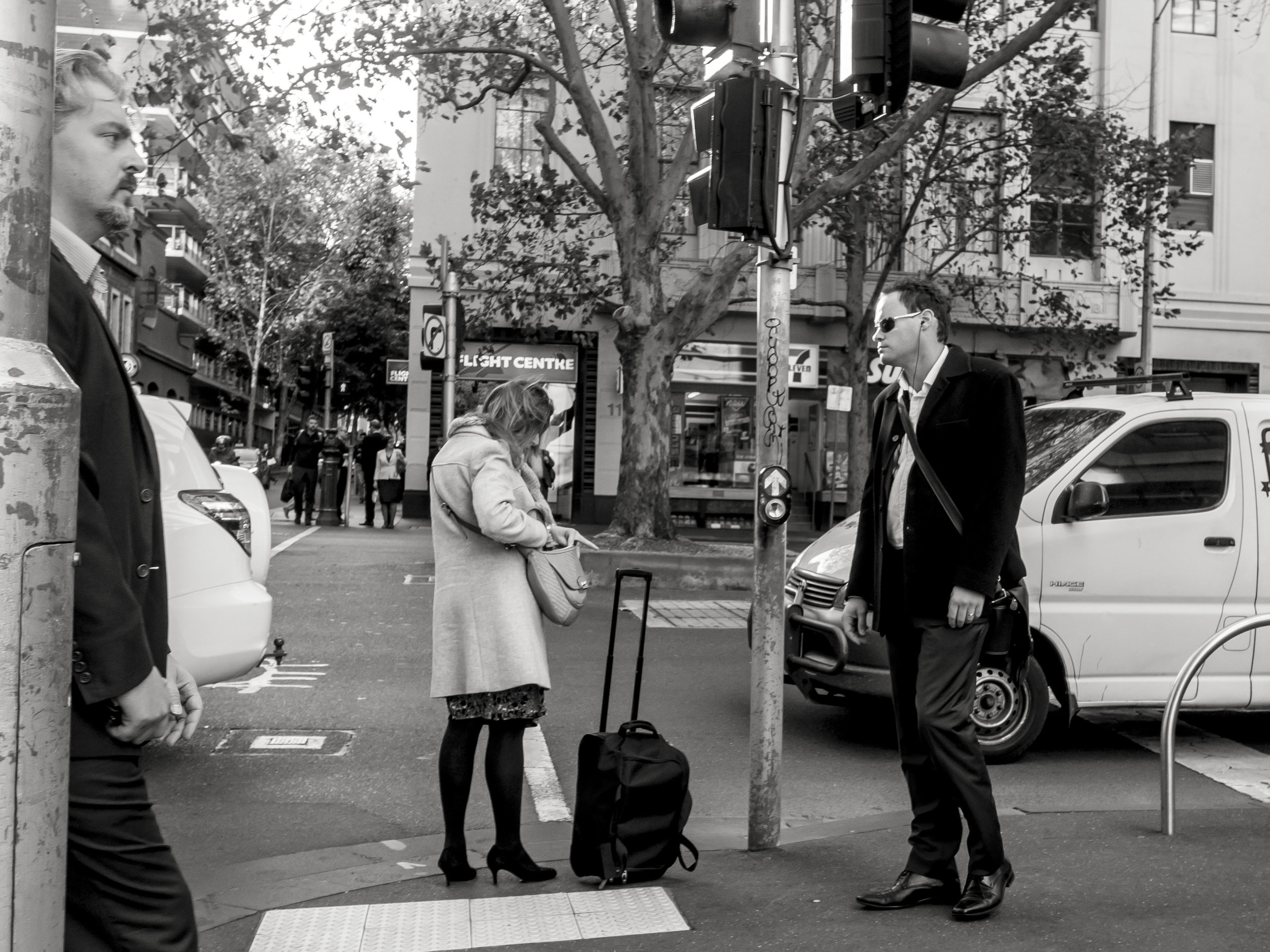

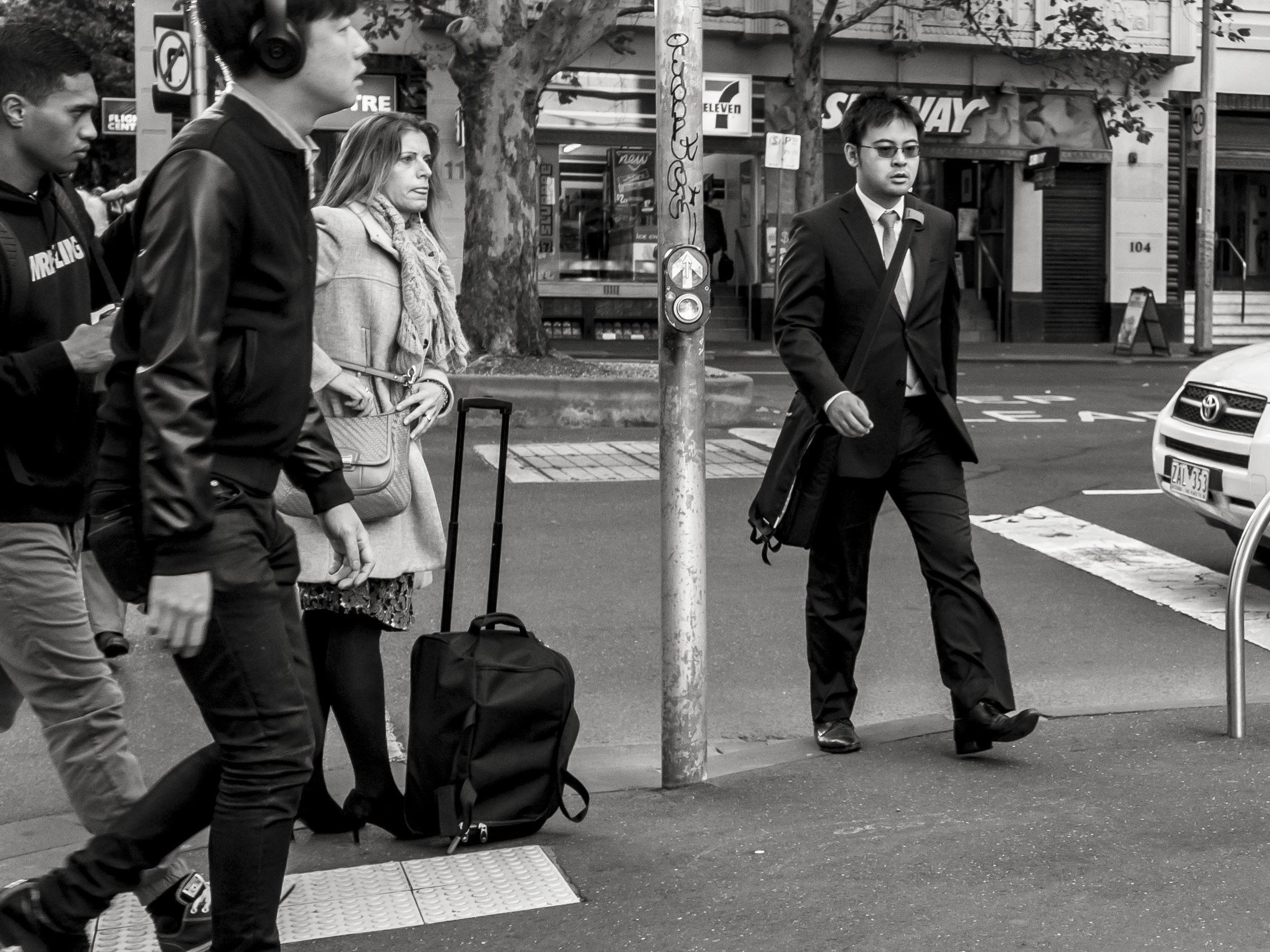
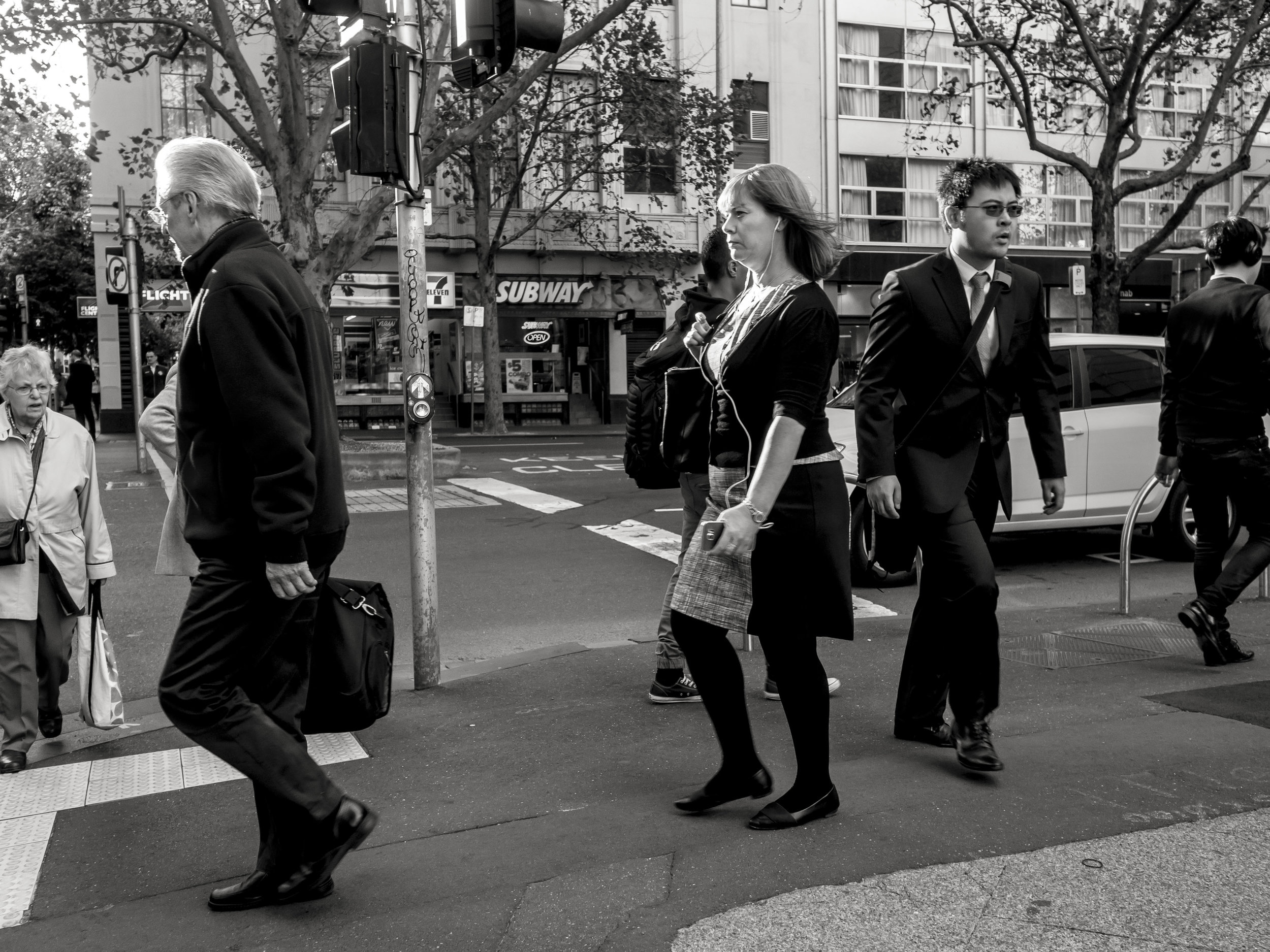
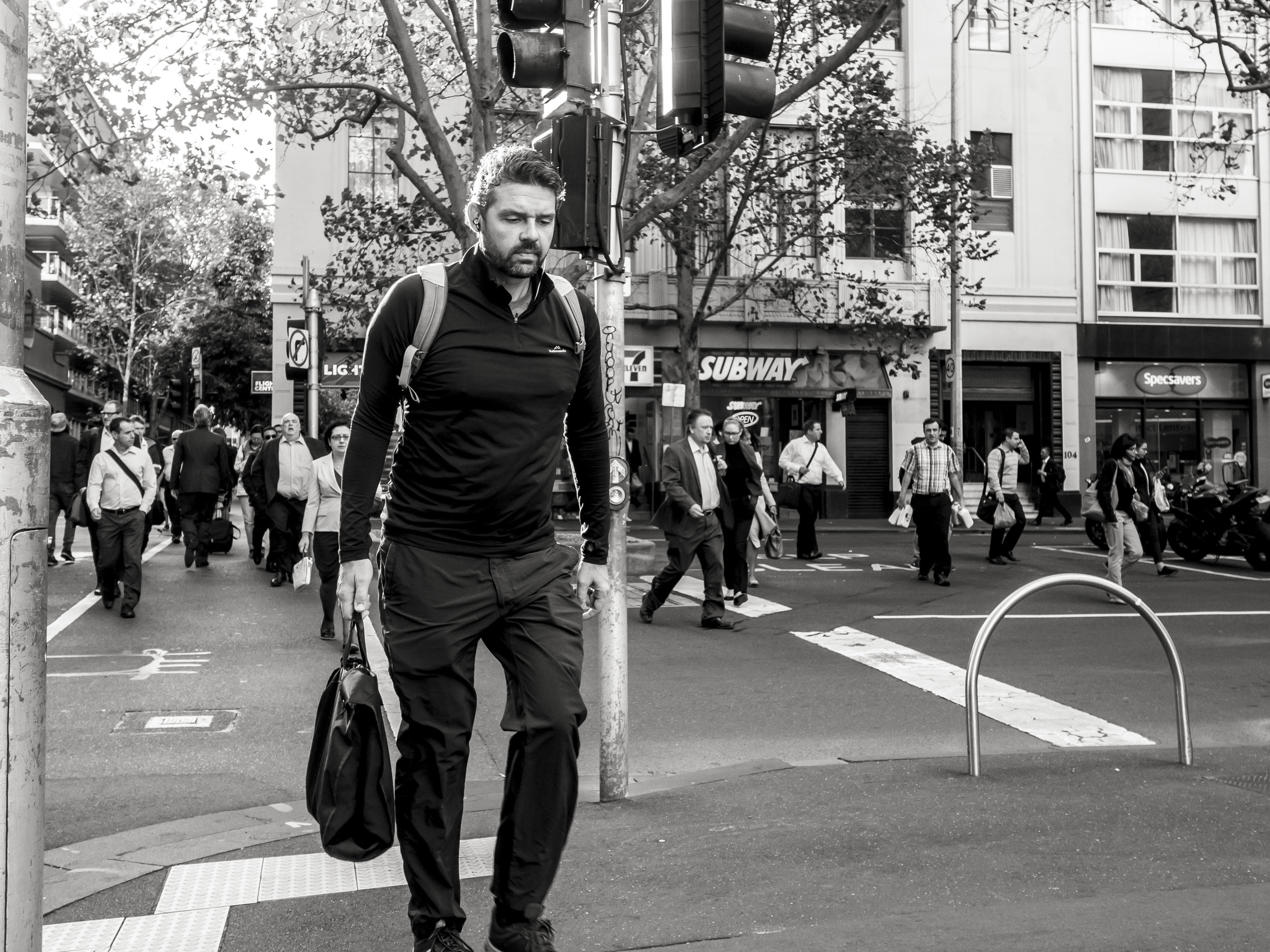
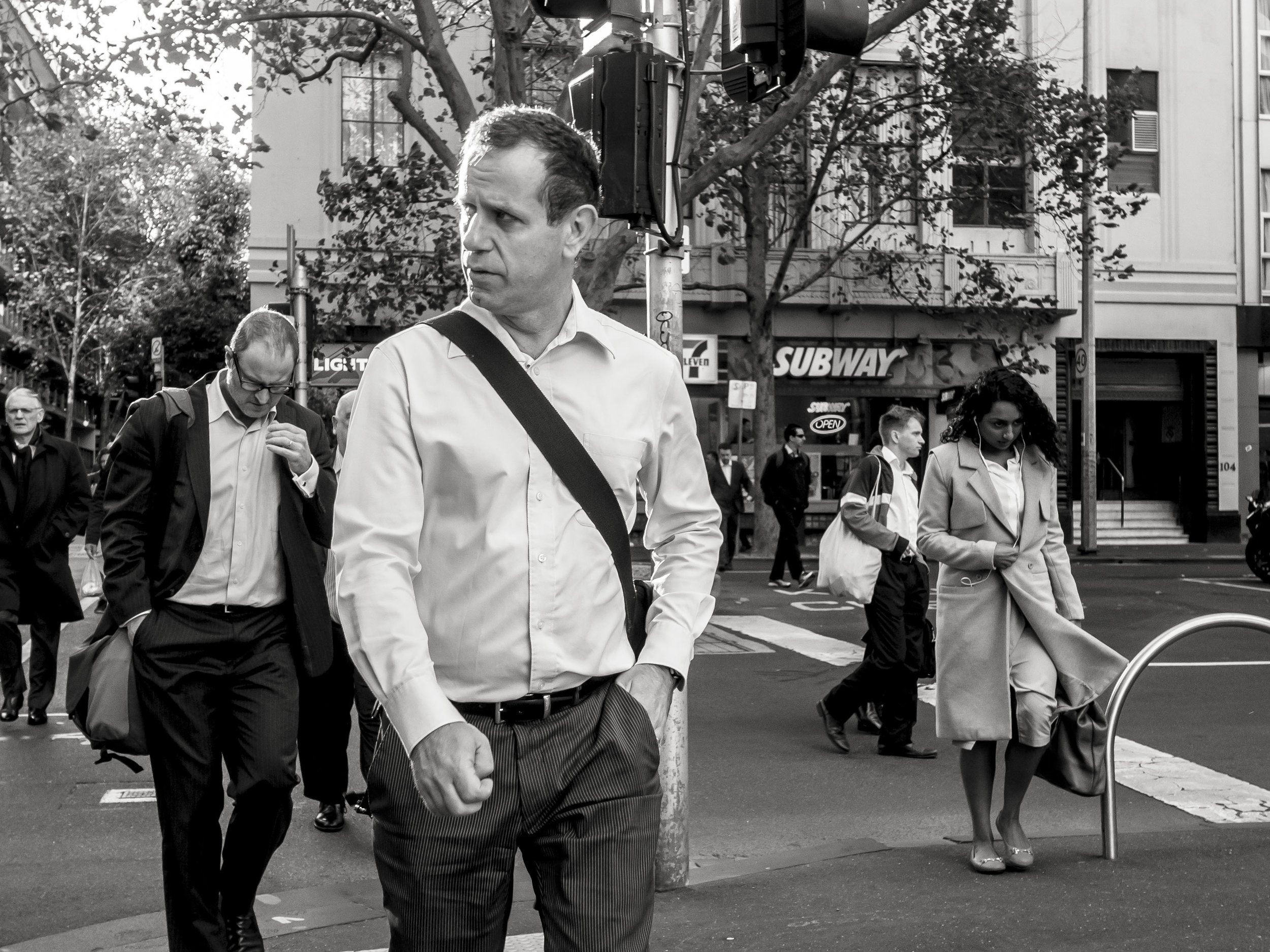
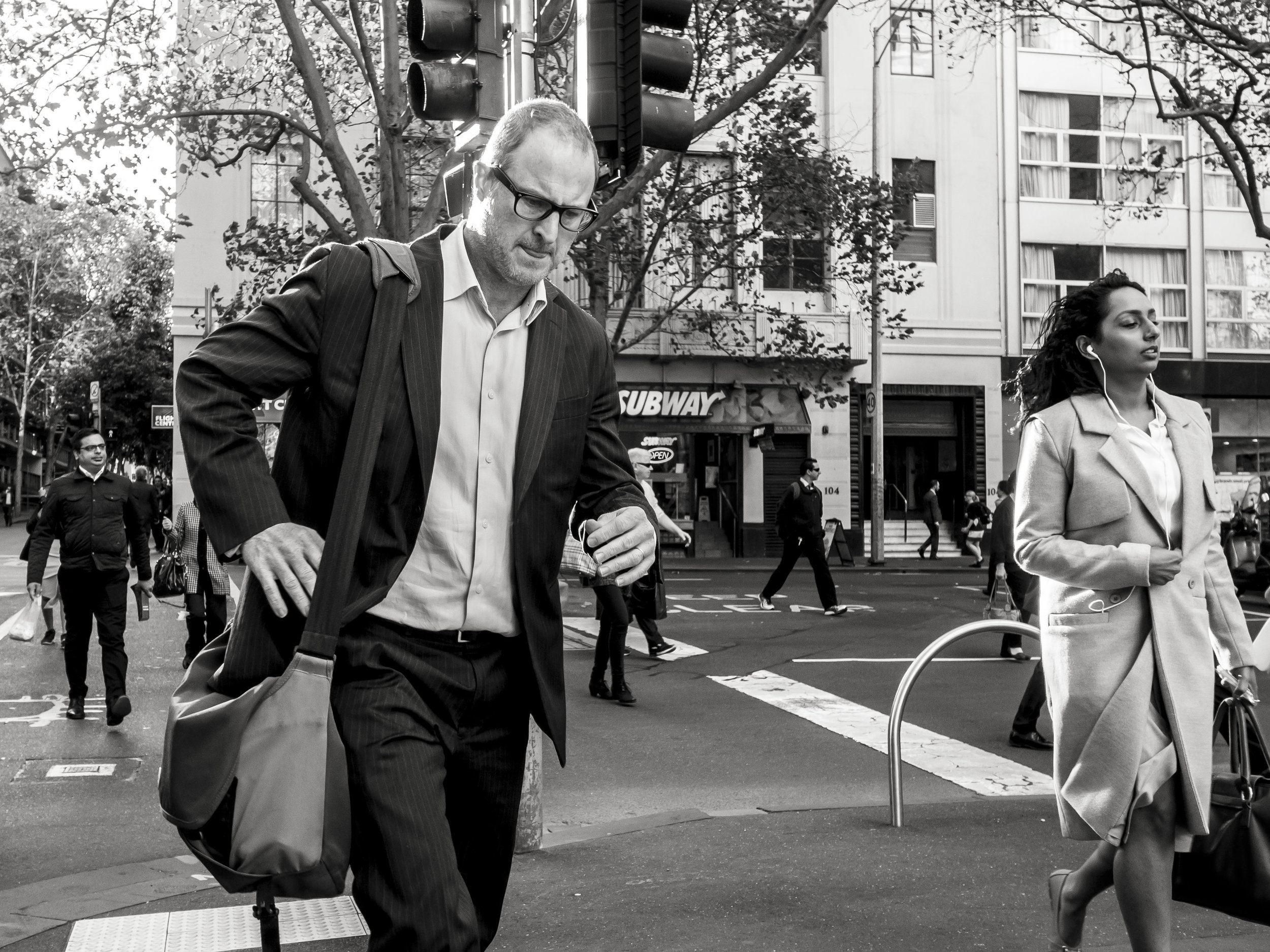
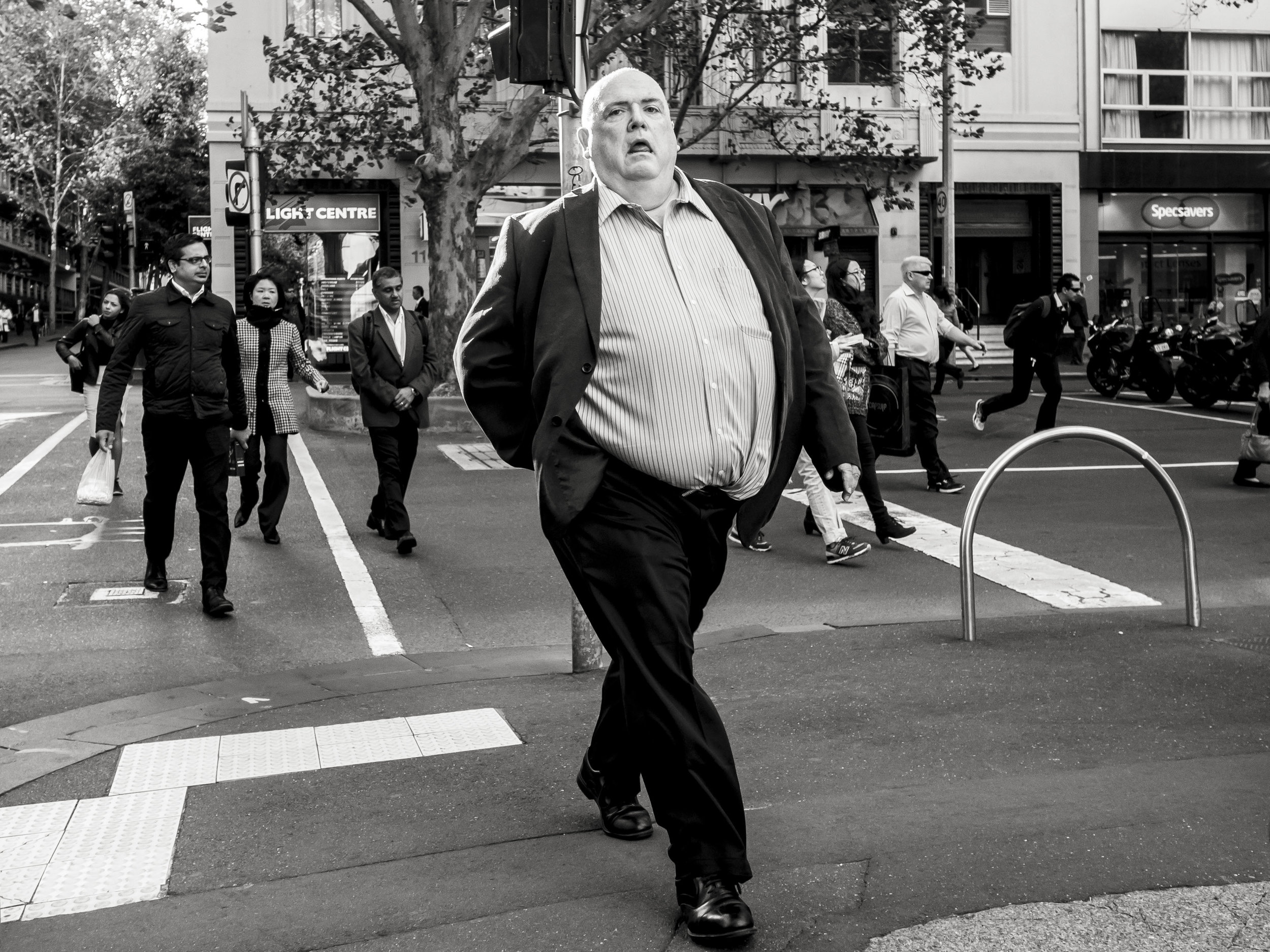
After about three changes of lights, you will see patterns appear. The flow becomes a wave of little stories.
Peoples faces go from a nameless mess, to the faces of these stories. You notice things on processing that become familiar over time. You feel that you know these people.
All of the above were taken using an EPM2 and 17mm at f4.